Museum of the Strategic Missile Forces
Press tour for bloggers in the technical area of the Academy of the Strategic Missile Forces in the town of Balabanovo-1
1. Employees of the Academy showed the bloggers a mobile unit for launching an intercontinental ballistic missile RS-12M Topol.
2. In addition to the launcher itself, a combat duty support vehicle (MOBD) and two combat control vehicles (MBU) are housed in the hangar.
3.
4. Cabin MBU.
5.
6. The second MBU and launcher.
7. Telescopic antenna behind the machine.
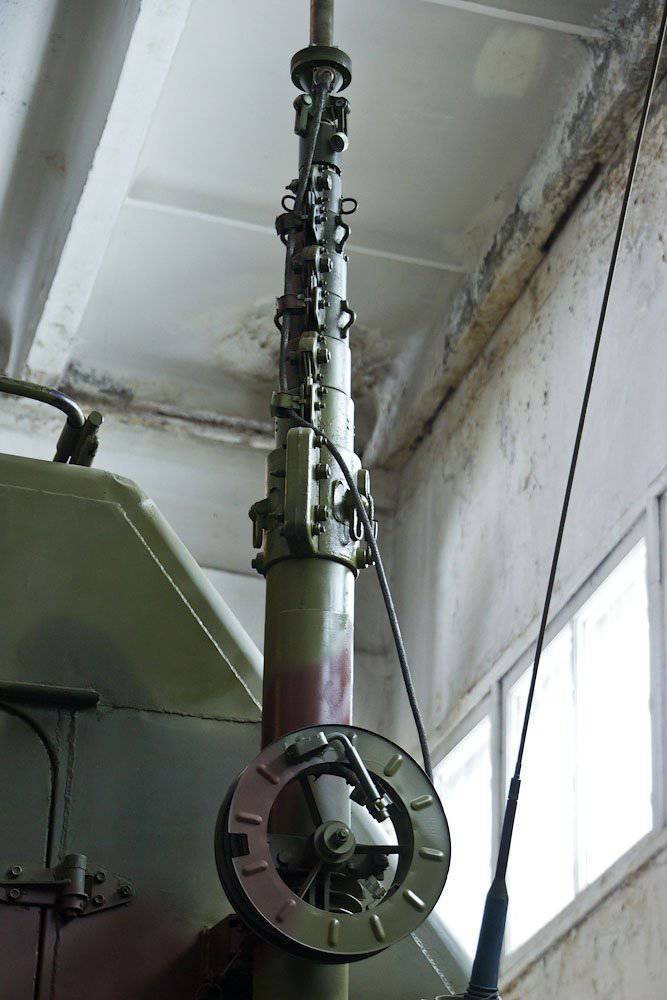
8. General view of the hangar.
9. The back of the launcher. The car stands on supports, somewhat towering above the floor. It is in this position that the start is made.
10. The emphasis in the front is not so massive: it has less weight.
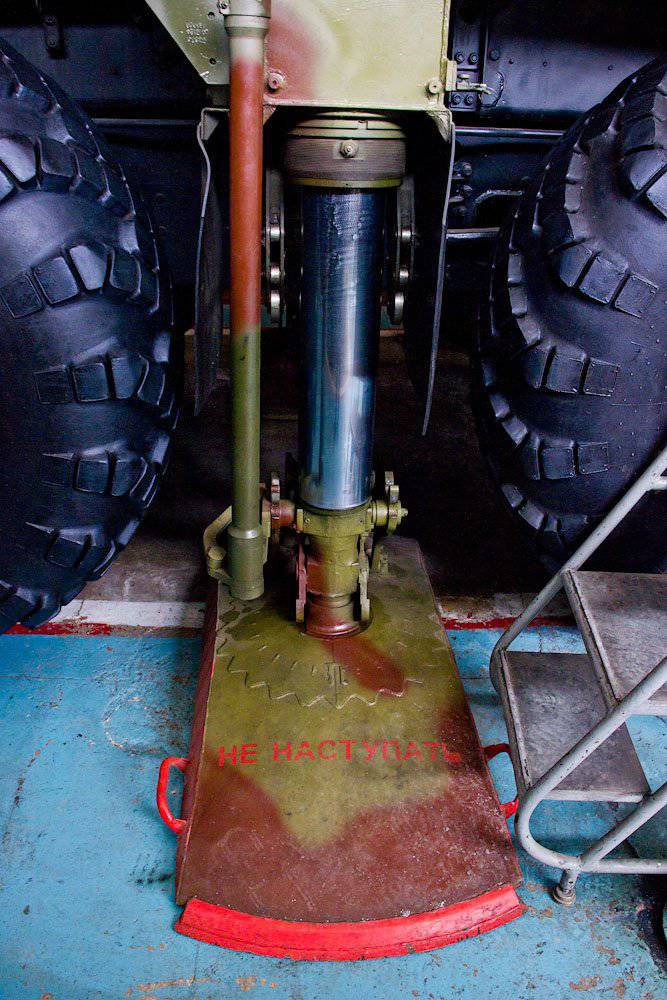
11. Apart from the middle two, all the other axes of the machine are leading. Three front pairs are also guides.
12. Start the engine. Exhaust is brought out of the building through the hose. Pay attention to the cable going to the cap of the launch canister.
13. This cable is attached to the spring. Its task is to disrupt the cap while lifting the rocket into an upright position. Sometimes at the same time the spring almost completely straightens.
14. MOBD, already pumped out of the gate.
15. Inside it there is a diesel power station (in front).
16. The back part is intended for the location of combat crew. A corridor connects four rooms with sliding doors, as in a compartment car.
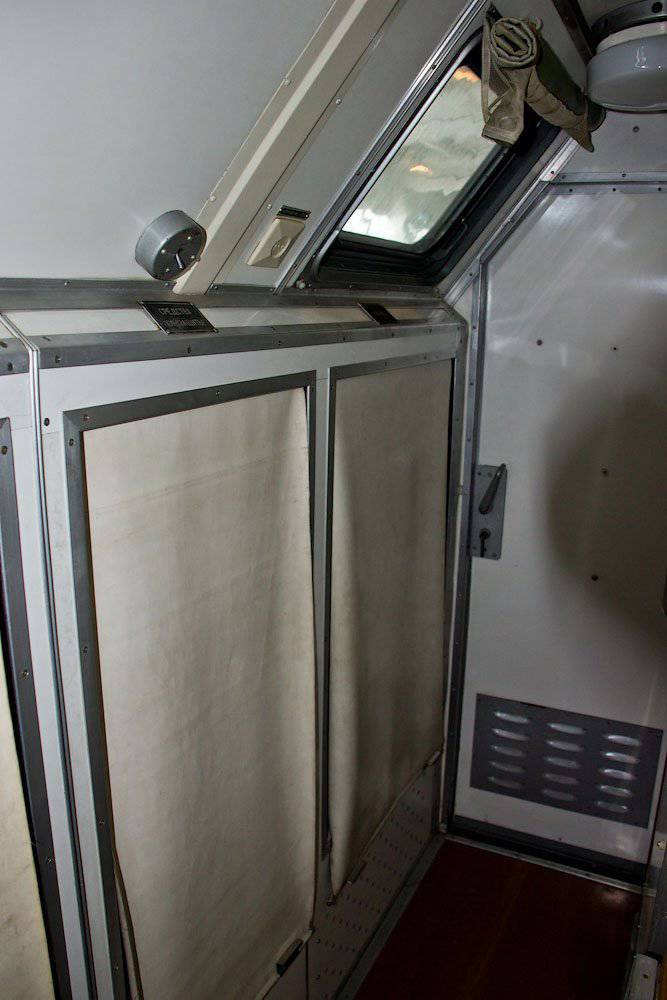
17. There are two small compartments, four- and two-seater (in the photo). There is a very small distance between the shelves, you will not sit.
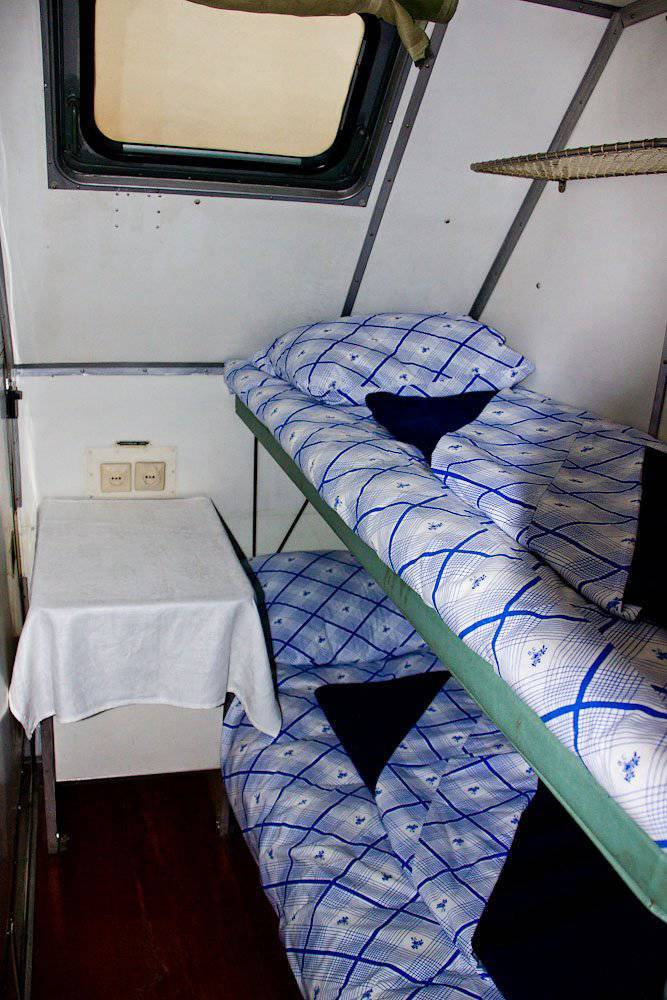
18. There is also a kitchen. In the photo - a fridge.
19. There are some simple cooking appliances.
20. In the rear room is set rotating machine-gun.
22. Empty hangar after rolling out.
23. Cars made a circle of honor on the forest road.
24. Back rest launcher.
25. Powder charge in the rear of the container, providing a mortar missile launch.
26. Cars returned from a circle in the woods.
27.
28.
29. This installation, although it serves to study the cadets, is in a combat condition. In the container is a rocket.
30. Cars gently pushed back.
31. And bloggers actually move to the Strategic Missile Forces Museum itself.
32. This is a huge hangar in which samples of missiles that have been in service during the past 60 years are on display. Here, in the corner, are part of the mine launchers (silos).
33. But the main thing - the rocket. Since the missiles that were in service were banned from shooting, and at the same time all those in the vicinity, I will show only nine of them, the most ancient ones. How the museum looks completely, you can see on the virtual panorama.
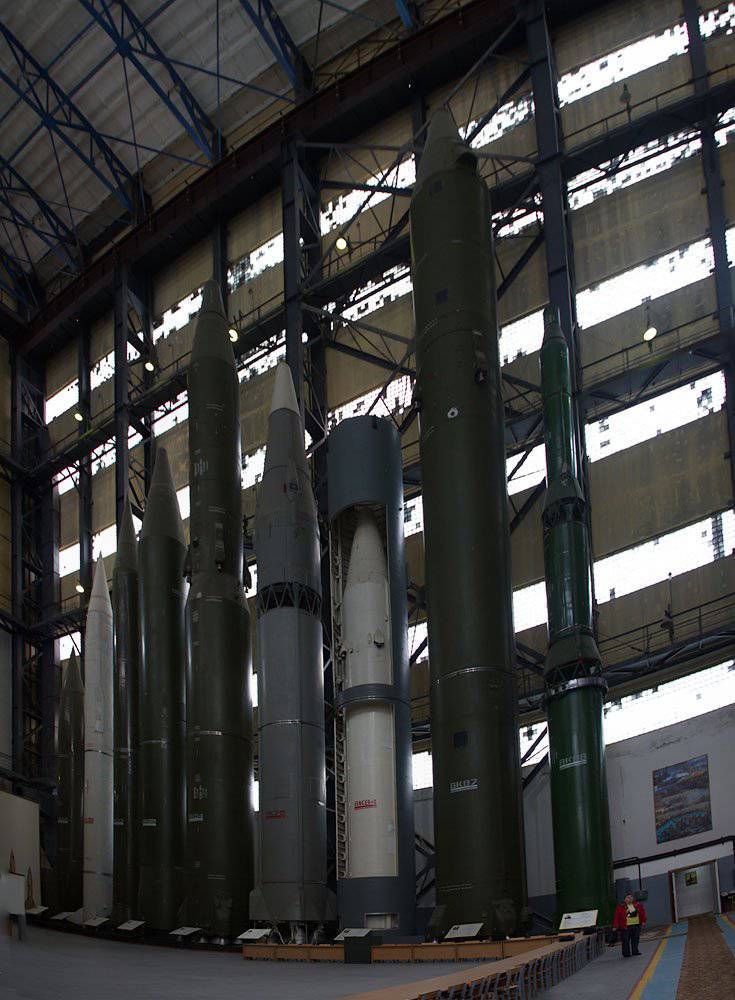
34. Here are the legendary products such as P-2, P-5M, P-12, P-14, P-16, P-9A, UR-100, P-36 and PT-2.
35. To the project of creation Р-2 С.П. Korolev in SRI-88 launched in 1948 year, after the development of the rocket R-1 (analogue of the FAA-2). To increase the range of the first time was used separated from the body of the rocket head part. The mass of the rocket was reduced due to the use of the fuel tank of the supporting structure of light aluminum alloys. The TNT charge of increased mass created an explosion zone of strong damage with an area of 950 m². As controls, as on the P-1, aerodynamic and gas rudders were used. The preparation time of the rocket for the launch of 6 hours, and the time the rocket was in the filled state was limited to 15 minutes, after which it was necessary to either drain the fuel or launch the rocket.

36. The Valentine Glushko RD-101 engine compared to the RD-100 (at P-1) had higher turbine turns, increased pressure in the chamber and used fuel with a concentration of ethyl alcohol increased to 92%. In addition, it became lighter in 1,4.
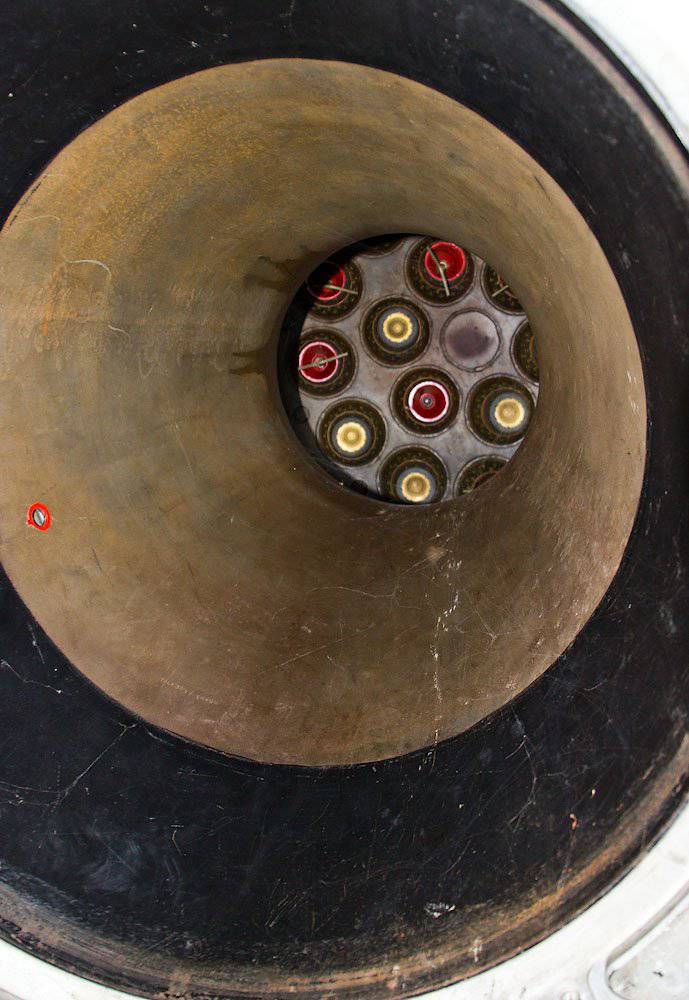
37. November 27 1951 of the year Р-2 is adopted. Mass production of missiles was established at the plant number 586 in Dnepropetrovsk in 1953 year. The nuclear warhead for the P-2 began to arrive in troops from 1956 onwards. In 1953, missiles were tested with warheads filled with Geranium and Generator radioactive liquids. The first version of the Geranium rocket produced a high-altitude undermining of a tank with a radioactive liquid, which, being sprayed, was deposited in the form of radioactive rain. "Generator" had a lot of small tanks, undermined independently.
38. P-5 (SS-3 Shyster) is a liquid single-stage medium-range ballistic missile (MRSD) ground-based. Lead developer OKB-1. Adopted in 1955 year. The development of the rocket began after the failure to complete the development of the P-3 with a design range of 3000 km, which was declared unrealistic at that stage in the development of technology. Instead, it was decided to develop a rocket with a range of about 1200 km based on technical solutions already tested on previous rockets and to implement some of what was intended for the P-3 rocket. It was the first Soviet rocket with a carrying tank of liquid oxygen, lacking thermal insulation (which was compensated by feeding before the start).

39. The designers abandoned the stabilizers, making the rocket aerodynamically unstable, although the air controls remained. The RD-103 engine for the P-5 was an even more force-driven version of the P-1 rocket engine, surpassing the original in terms of thrust by 1,7 times. 21 June The X-NUMX adopted the P-1956M, the first Soviet nuclear warhead. For this rocket, a new control system was developed, important automation components were duplicated (and some were even tripled).
40. P-12 "Dvina" (SS-4 Sandal) - Soviet liquid single-stage ballistic missile of medium range (MRSD) ground-based. The lead developer is OKB-586 under the direction of M.K. Yangel Adopted in 1959 year. The missile system with the BRSD R-12 was the first strategic set using stored fuel components and a fully autonomous control system. Four-chamber LRE RD-214 developed by V.P. Glushko had a larger diameter than the single-chamber RD-101-103, as a result of which the engine compartment was covered with an expanding conical skirt.

41. 15 May 1960, the P-12 took up combat duty in four regiments deployed in Latvia and Belarus and the Kaliningrad region. Three missile regiments armed with P-12 were deployed in Cuba in 1962 as part of Operation Anadyr, which caused the Caribbean crisis. In order to increase the resistance of the missile to the damaging factor of a nuclear explosion, it was decided to develop a P-12 modification for the silo launcher. 2 September 1959 of the year at the Kapustin Yar test site, for the first time in the world, a rocket launched from silo.
42. P-14 (SS-5 Skean) - Soviet liquid single-stage medium-range ballistic missile (MRSD) ground-based. Lead developer OKB-586. Adopted in April 1961. In 1964, the P-14U rocket-based missile was put into service in the launch complex of the Chusovaya 8P765 group launch.
The launch mass of the rocket in 95 t with the achievement of the range 4500 km. The hull diameter was chosen equal to 2,4 m, as in the second stage of the intercontinental P-16. The rocket is made on a single-stage scheme with a detachable head. The fuel tanks of the rocket are carrying, aluminum panels are used in the construction. The oxidizer tank is pressurized with air and the fuel with nitrogen. The fuel tanks were isolated from the rest of the fuel system by cutting diaphragm valves, which made it possible to increase the shelf life of the rocket in the filled state to 30 days. After the engine was turned off, the head section was disconnected and the missiles were removed from it. Detachable head of the rocket had a conical shape with a blunt hemispherical shape made of heat-resistant subliming material. A protective coating of asbestos textolite was applied on the body of the head section.

43. The rocket was equipped with a propulsion RD-216 engine developed by OKB-456 under the direction of V.P. Glushko. He worked on self-igniting high-boiling toxic components of fuel - fuel UDMH and oxidizer AK-27I. The engine at the ground 151 TC, the operation time of the LRE when shooting at the maximum range was about 125 seconds. The rocket was controlled by deflecting the thrust vector using graphite gas-jet rudders.
Flight tests began on 6 on June 1960 of the year at the Kapustin Yar training ground. The first launches revealed a constructive flaw that caused the phenomenon of cavitation, which led to the destruction of missiles. All shortcomings were quickly eliminated and, based on the results of the 22 launches, the State Commission signed a recommendation to adopt the missile. The 1960 plant in Dnepropetrovsk (Yuzhmash) and the plant 586 in Krasnoyarsk were engaged in serial production of rockets from 1001.
44. P-16 (SS-7 Saddler) - intercontinental ballistic missile, which was in service with the USSR Strategic Missile Forces in 1962-1977. The first domestic two-stage MBR on high-boiling fuel components with an autonomous control system. 13 May 1959 was commissioned by a special joint decree of the CPSU Central Committee and the Government to the Yuzhnoye Design Bureau (Chief Designer MK Yangel) to develop an intercontinental rocket on high-boiling fuel components. For the development of engines and rocket systems, as well as ground and mining launch sites, design teams headed by V.P. Glushko, V.I. Kuznetsov, B.M. Konoplev and others. The need to develop this rocket was determined by the low tactical, technical and operational characteristics of the P-7 rocket. Initially, the P-16 was supposed to be launched only from ground-based launchers. In order to meet the deadlines, the design teams chose the broad use of developments on the P-12 and P-14 missiles.

45. The P-16 rocket was made according to the “tandem” scheme with sequential separation of steps. The first stage consisted of an adapter, to which the second stage, an oxidizer tank, an instrument compartment, a fuel tank and a tail compartment with a power ring, were fastened by means of four explosive bolts. Fuel tanks bearing structure. To ensure a stable mode of operation of the LRE, all tanks had a boost. In this case, the tank of the oxidizer of the first stage was inflated in flight by the counter velocity pressure of air. The propulsion system consisted of a propulsion and steering engines, mounted on a single frame. The propulsion engine was assembled from three identical two-chamber blocks and had a total thrust on the ground of the 227 t. The second stage had a similar design, but was made shorter and smaller in diameter, and only one block was installed as a propulsion unit. All engines worked on the self-inflammable components of the fuel: tetraoxide diazoto in nitric acid and asymmetric dimethyl hydrazine.
46. Plug for refueling the rocket.
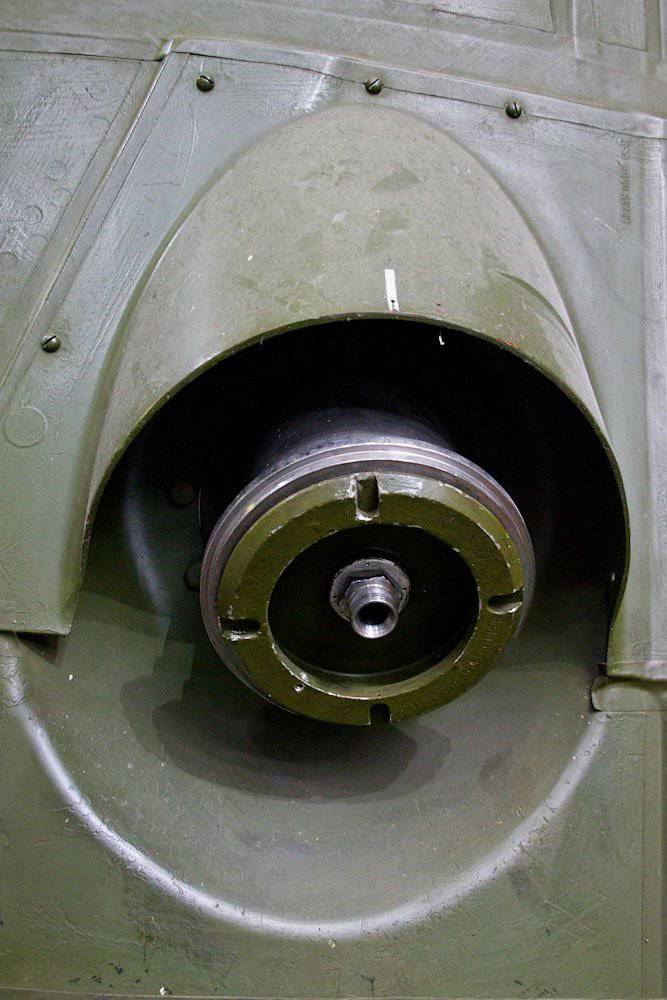
47. October 24 1960, during the prelaunch, approximately 15 minutes before the scheduled first test launch of the P-16 rocket, an unauthorized start of the second stage engines occurred due to the passage of a premature command from the current distributor to start the engines. The rocket exploded on the launch pad. On fire, 74 people immediately burned, among them - the commander-in-chief of the Strategic Missile Forces Marshal M. Nedelin, a large group of leading experts from the design bureau. Subsequently, 4 died in hospitals due to burns and poisoning. The launch of the second P-16 took place on 2 February 1961 of the year.
48. On November 1, the first three missile regiments in the city of Nizhny Tagil and the village of Yurya of the Kirov region were prepared for interception on combat duty. Since May 1960, development work has been carried out related to the implementation of the launch of the modified P-16U missile from the silo launcher. The launch of the first missile regiment under Nizhny Tagil began on 1963.
P-16 has become the base rocket for the creation of a group of intercontinental missiles of the Strategic Missile Forces. The launch of the rocket was carried out after its installation on the launch pad, refueling with propellant components and compressed gases, and conducting aiming operations. Highly available, the P-16 could start in 30 minutes.
49. The MBR P-16 was equipped with a detachable monoblock warhead with a thermonuclear charge in 3-6 Mt. The maximum flight range, which ranged from 11-13 thousand km., Depended on the power of the head section.
50. P-9A (SS-8 Sasin) - Soviet two-stage intercontinental ballistic missile of the land and mine-based with a monoblock warhead. The last combat missile created by OKB-1 under the guidance of S.P. Koroleva was in service with parts of the Strategic Missile Forces in 1964-1976.

51. This rocket had a smaller mass and size, compared with the P-7, but much better operational properties. On it supercooled liquid oxygen was used, which made it possible to reduce the refueling time to 20 minutes. Despite the fact that the P-9A rocket was put into service, and about 60 of this type of missile was deployed, it became clear that liquid oxygen was not suitable for use in ICBMs.
52. At the first stage there was a four-chamber sustainer LRE RD-111 with swaying combustion chambers, developing thrust 141 t. At the second stage, a four-chamber LRE RD-461 designed by S. Kosberg was installed. He had a record for that time specific impulse among oxygen-kerosene engines and developed thrust in the void 31 T. Inflating tanks in flight and operating the drives of turbopump units was provided by the combustion products of the main components of the fuel, which simplified the design of the engines and reduced their weight.
53. UR-100 (SS-11 Sego) - Soviet liquid two-stage intercontinental ballistic missile silo-based. Adopted on July 21, 1967. Head developer of OKB-52 (supervisor V.N. Chelomei). Manufacturers Machine-building plant them. M.V. Khrunicheva, Omsk aviation factory and others. The UR-100 missile became the most massive ICBM of all adopted by the Strategic Missile Forces. From 1966 to 1972, 990 launchers of these missiles were deployed. Combined fuel tanks are installed on the UR-100, which reduced the length of the structure and led to a constant diameter of 2 meters.

54. Engines of the first step.
55. One of the main tasks successfully solved in the design of the UR-100 was to reduce the time from the recoil of the launch command to the launch of the rocket. For this, a whole set of measures was undertaken, starting with the fact that the rocket could have been refueled for 10 years. To facilitate operations with the rocket and protect it from environmental exposure, the rocket was placed in a transport and launch container in which it was located from the moment it was manufactured at the factory until the launch. The whole complex of taken measures led to the fact that less than 3 minutes passed from receiving a command to a launch.
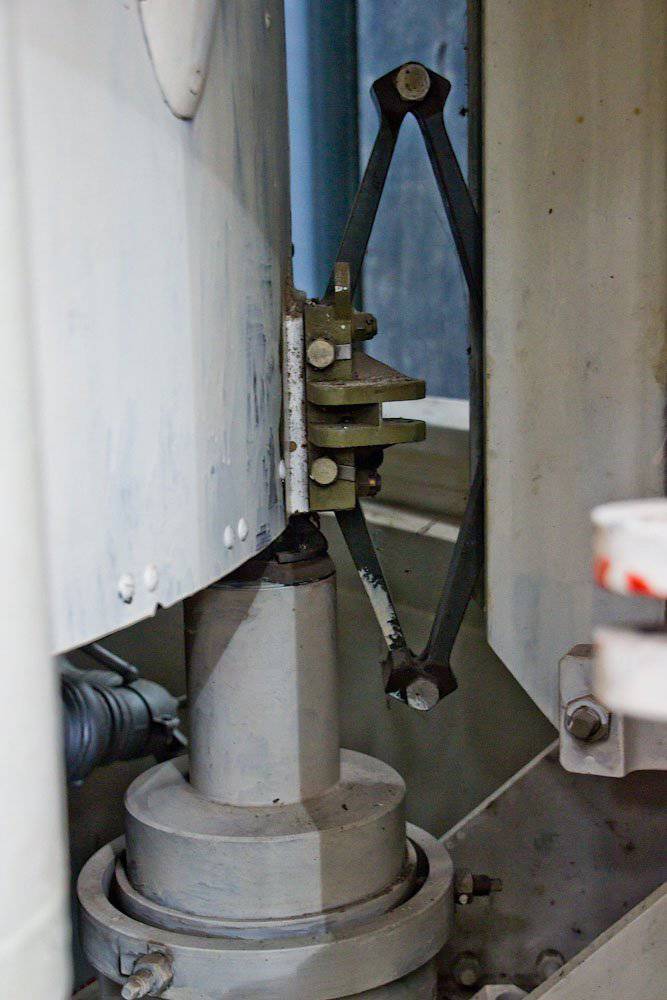
56. The tail of the second stage.
57. P-36 (SS-9 Scarp) is a strategic missile system with a heavy-class missile capable of carrying a thermonuclear charge and overcoming a powerful missile defense system. In 1962, the Yuzhnoye design bureau was tasked with creating a strategic missile system, P-36, equipped with a second-generation missile 8-67. In the design, constructive solutions and technologies that were tested on the P-16 rocket were used.
In the process of testing, 85 launches were conducted, of which 14 failures, 7 of which fall on the first 10 launches. In 1967, the missile system was adopted. In December, the Yuzhnoye design bureau 1967 began developing a split-head missile. The new divided warhead consisted of three 2,3 Mt warheads and a set of missile defense capabilities. Its use in the context of anti-missile defense system increased combat effectiveness in 2 times. The 8K67P rocket with a divided head part as part of the P-36 complex was put into service at 1970, the deployment on combat duty began at 1971. The P-36 complex was decommissioned at 1979.

58. The two-stage rocket is made according to the “tandem” scheme with a sequential arrangement of steps. The first stage provided acceleration of the rocket and was equipped with a main engine RD-251, consisting of three two-chamber modules RD-250. Marching rocket engine had a thrust on the ground 274 t. In the tail section four brake powder rocket engines were installed, starting at the separation of the first and second stages.
59. The rocket engines of the rocket worked on a high-boiling two-component auto-igniting fuel: asymmetric dimethyl hydrazine and nitrogen tetraoxide. The applied design solutions ensured a high degree of tightness of the fuel systems, which made it possible to satisfy the requirements for the seven-year storage of the rocket in the filled state.
60. Also on the first stage was installed four-chamber steering engine RD-68М with rotating combustion chambers.
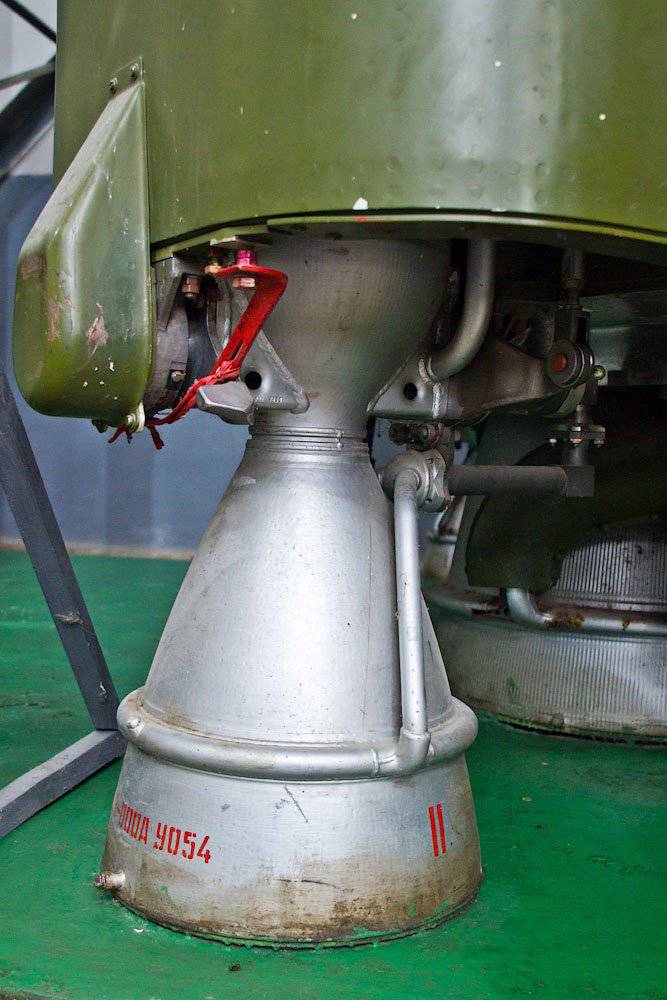
61. The mechanism of rotation of the steering engine of the first stage.
62. The second stage was equipped with a two-chamber main engine RD-252 and a four-chamber steering engine RD-69М. These engines had a high degree of unification with the first-stage engines. To separate the head of the second stage brake powder engines were also installed.
63. The rocket was equipped with a monoblock head with the most powerful of the tested by then combat warheads with a power of 8 Mt or 20 Mt. In the tail section of the second stage, containers were installed with the means to effectively overcome the enemy missile defense system. The protection system consists of special devices that are fired from containers with squibs at the time of separation of the warhead and create targets for false targets in the area of the warhead. The rocket was launched from a silo launcher with the launch of the first stage engine directly in the launcher. The rocket complex consisted of six dispersed launch positions, each of which housed single silos. Preparation for start-up and the start-up itself could be carried out both remotely from the gearbox and autonomously from each starting position. The preparation and launch time was 5 min.
64. RT-2 (SS-13 Savage) - Soviet intercontinental ballistic missile in service in the 1969-1994 years. This is the first Soviet serial solid-fuel ICBM. The lead developer is OKB-1. Adopted in 1968 year.

65. The development of a solid-fuel rocket with a range of 10-12 thousand. Km began in the year 1959. At the first stage, an RT-1 missile with a range of 2500-3000 km was created. The development of the RT-2 rocket was basically completed in the 1963 year. Experienced launches were conducted in 1966-1968's. The rocket began to enter service with the Strategic Missile Forces since December 1968.
66.
67. Nozzles of engines of the second step.
68. The beginning of the third stage.
69. The head part.
70. In addition to the missiles, the hall represents the command post for launching missiles into the silo, which, in turn, should also be located in the mine
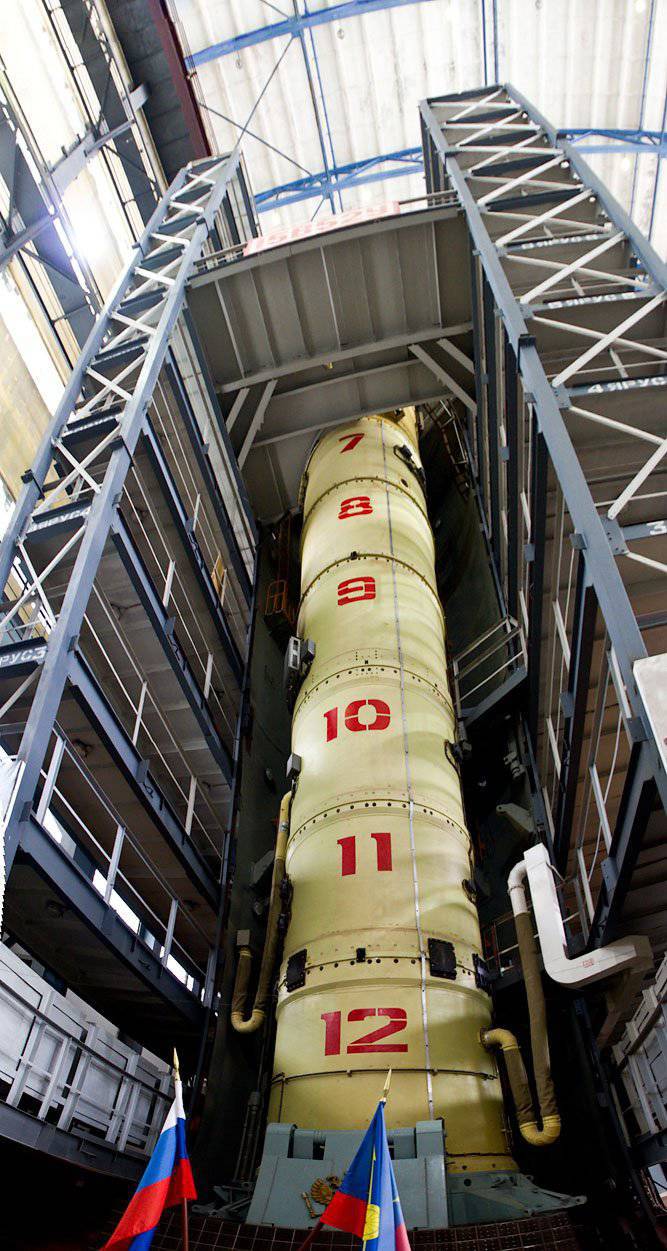
71. Such controls and to this day bear military service.
72. In one of the neighboring buildings, the bloggers demonstrated the work of calculating such a CP. Consoles are installed here, which are located in the 11 compartment of the KP (the 12 compartment is residential, the remaining ten are technical).
74. Here cadets of the Academy of the Strategic Missile Forces get the necessary knowledge on the conduct of service in the underground command posts.
75.

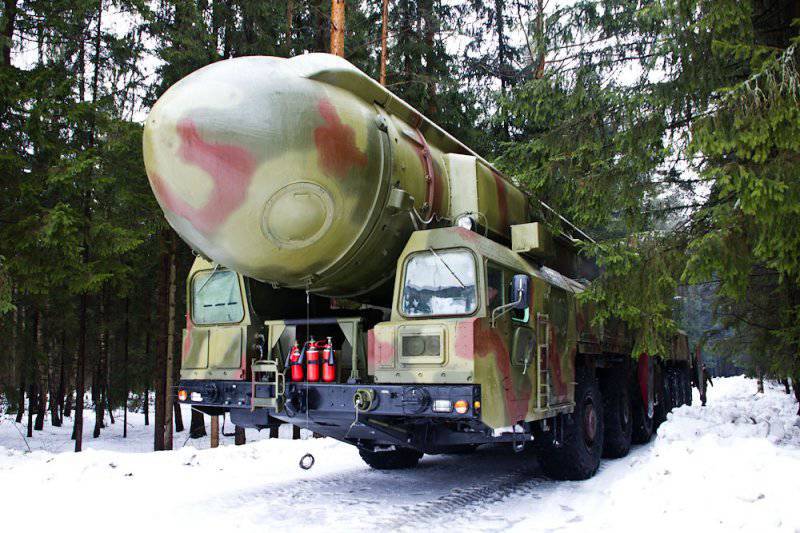
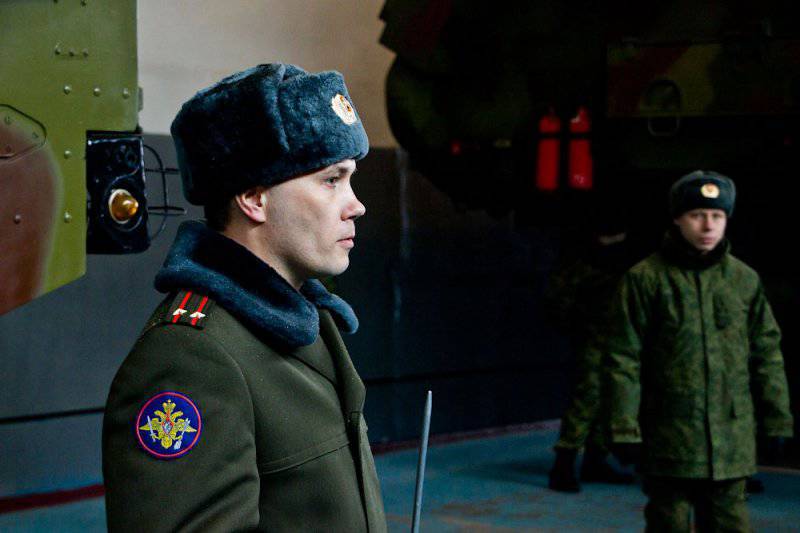
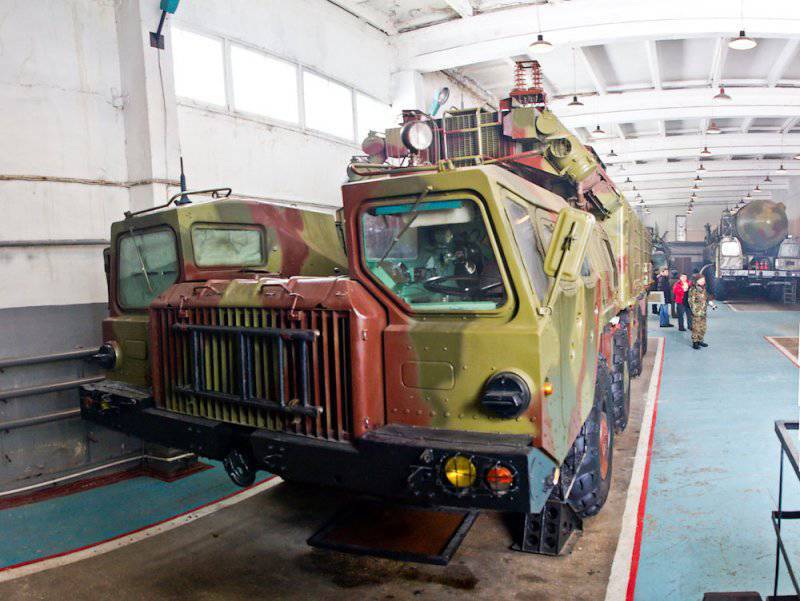
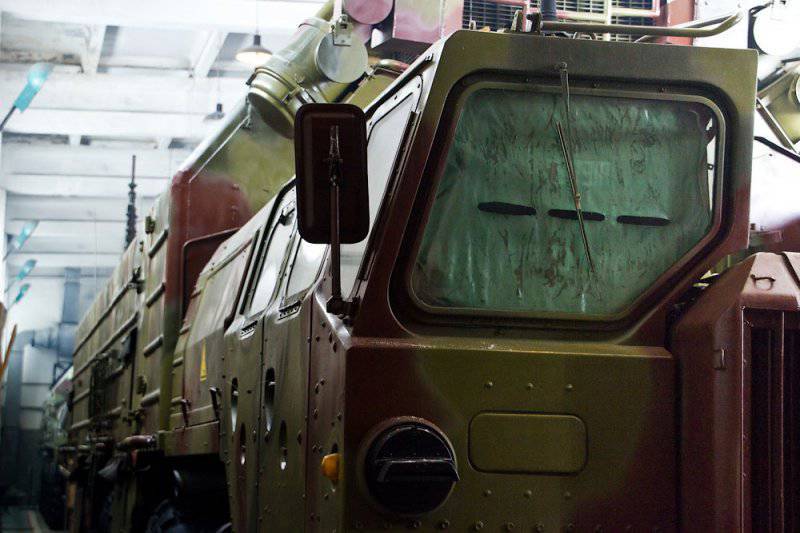
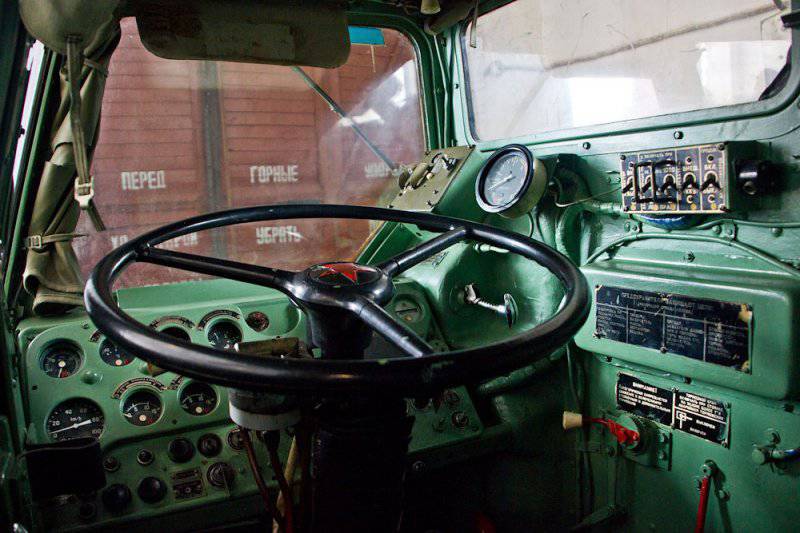
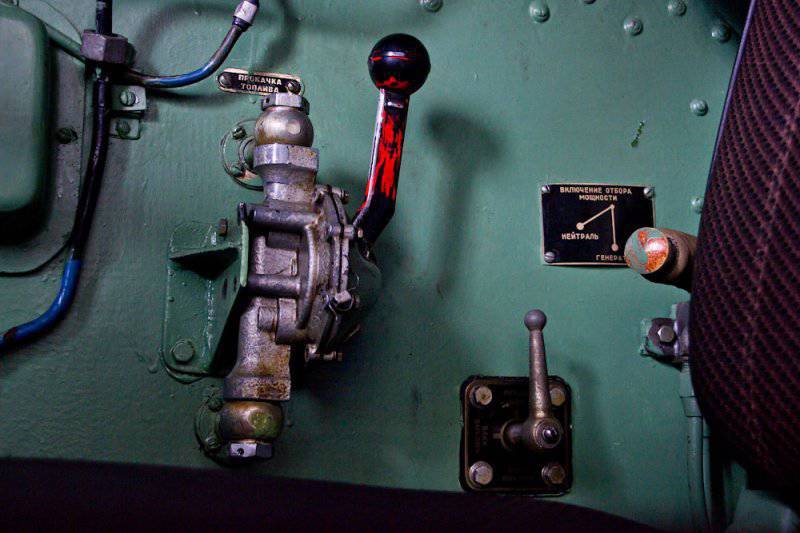
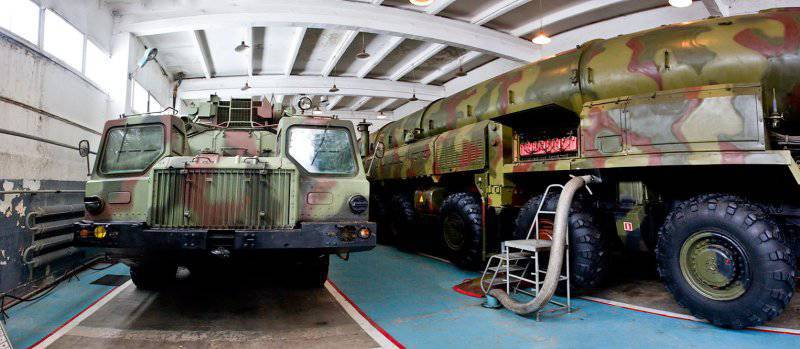

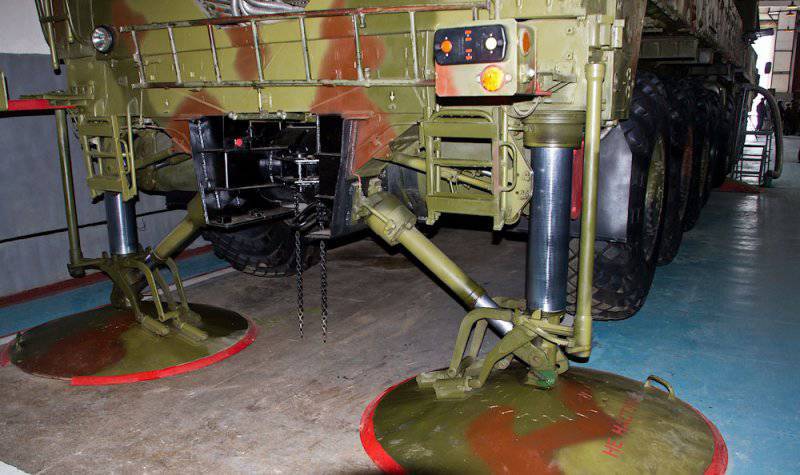
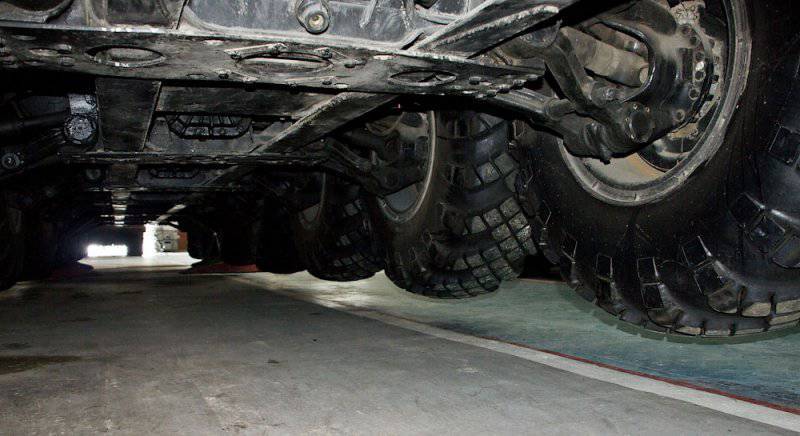
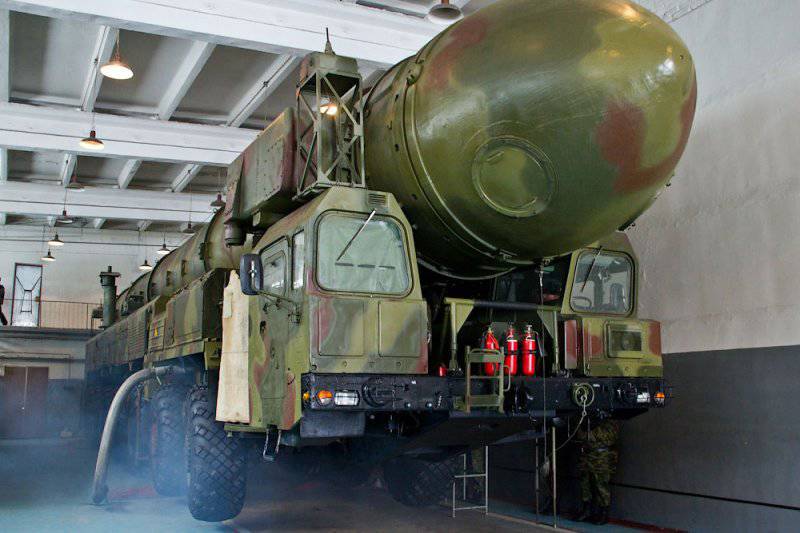
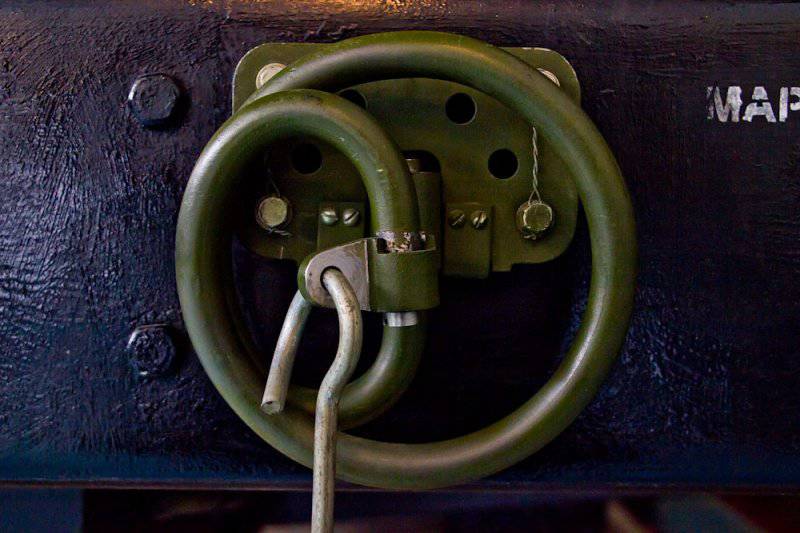
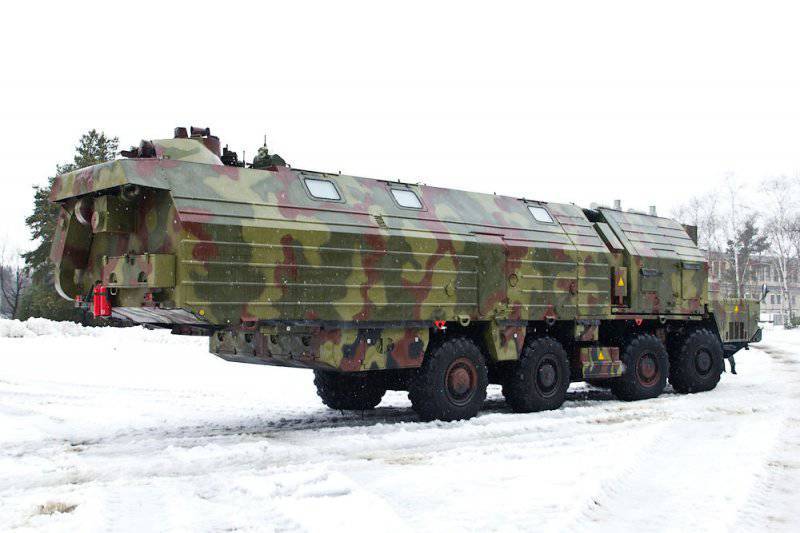
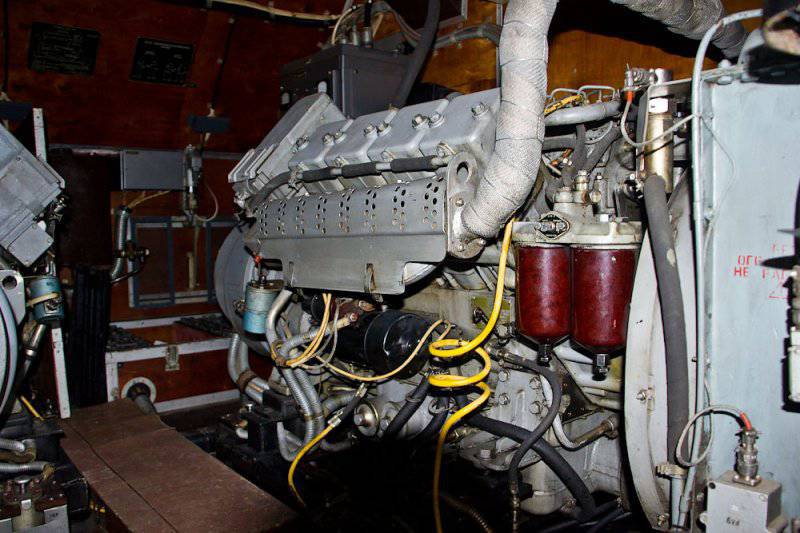
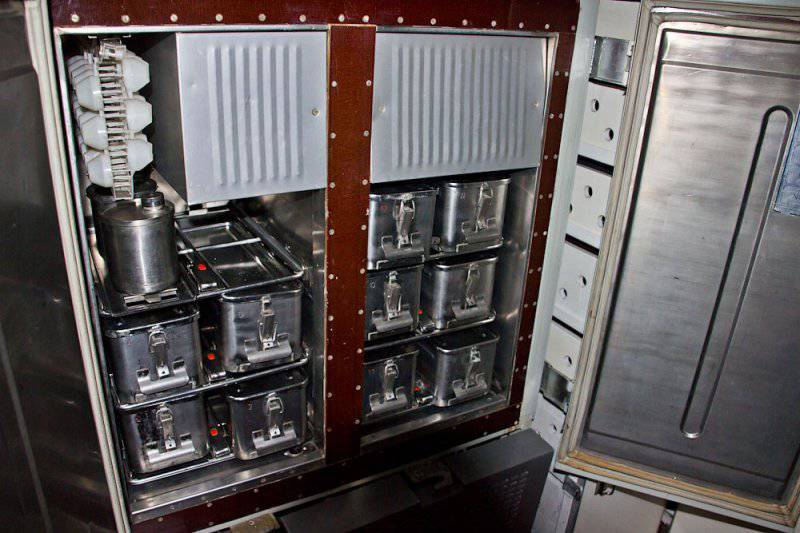
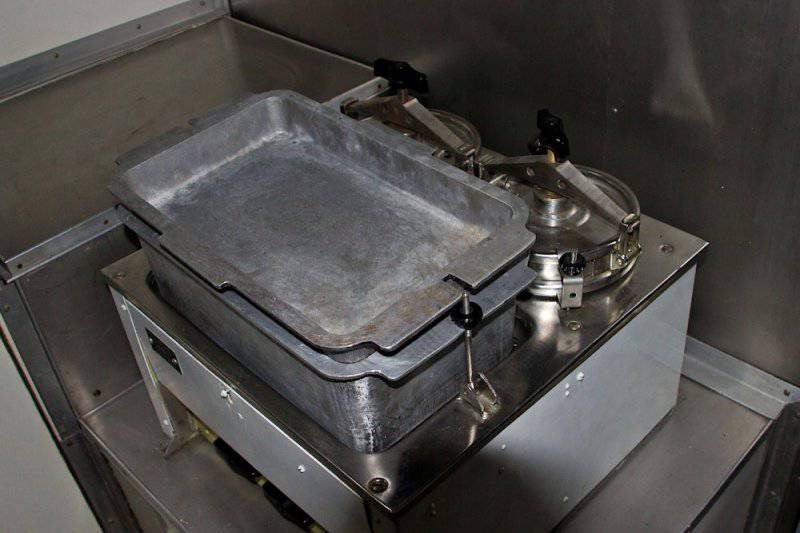
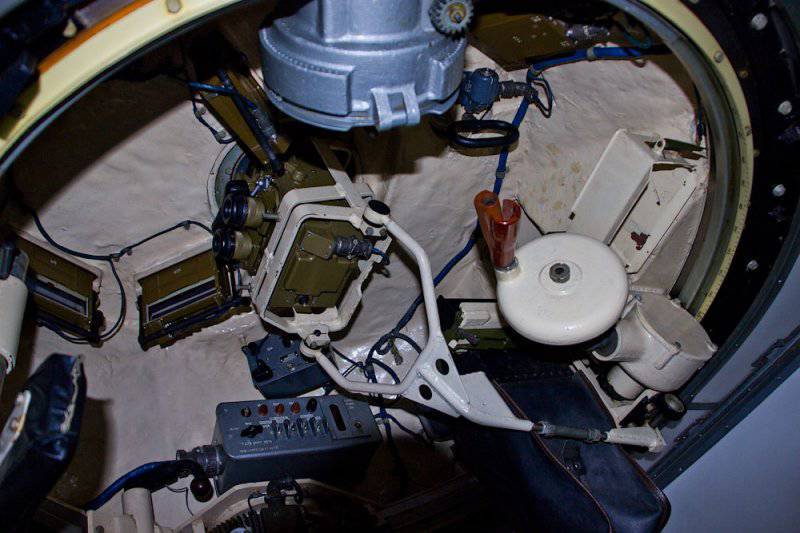
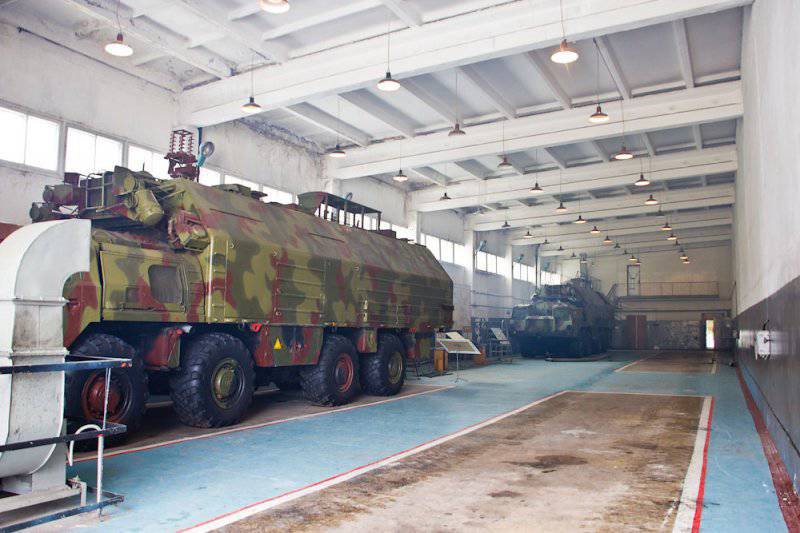
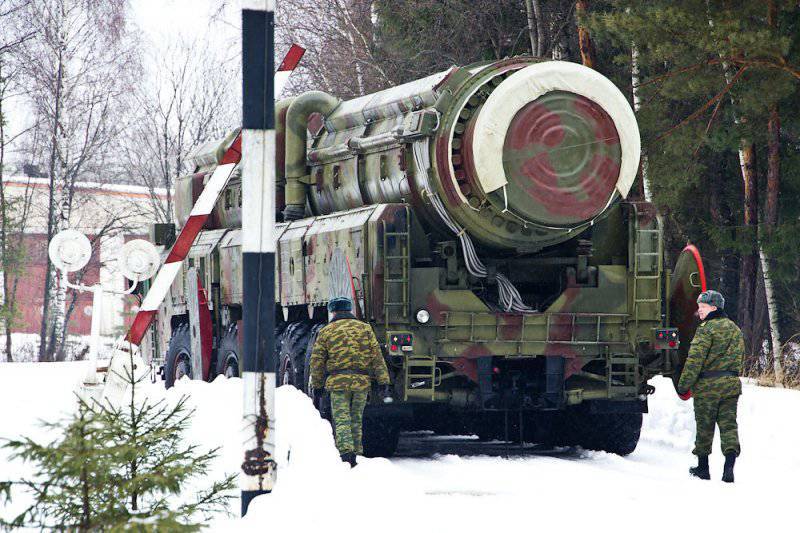
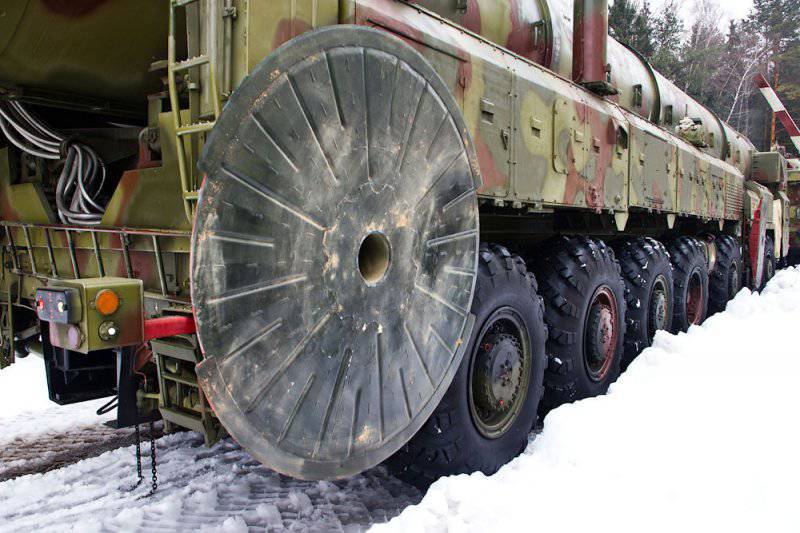
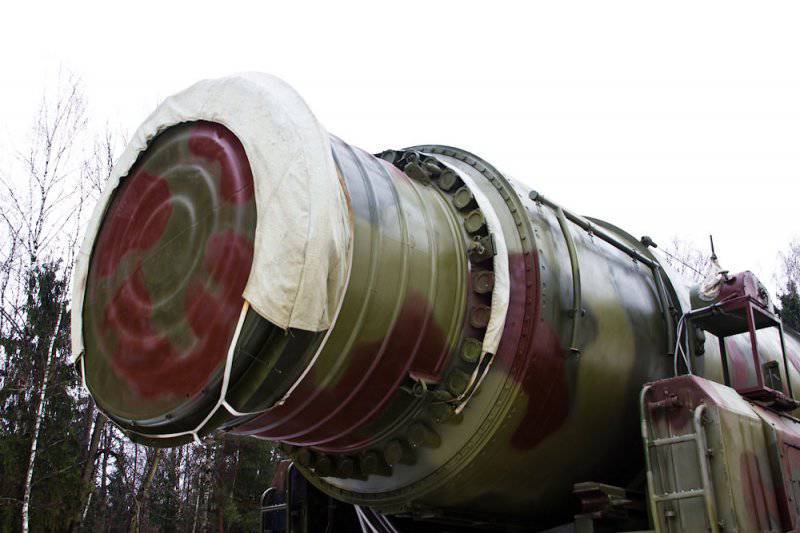
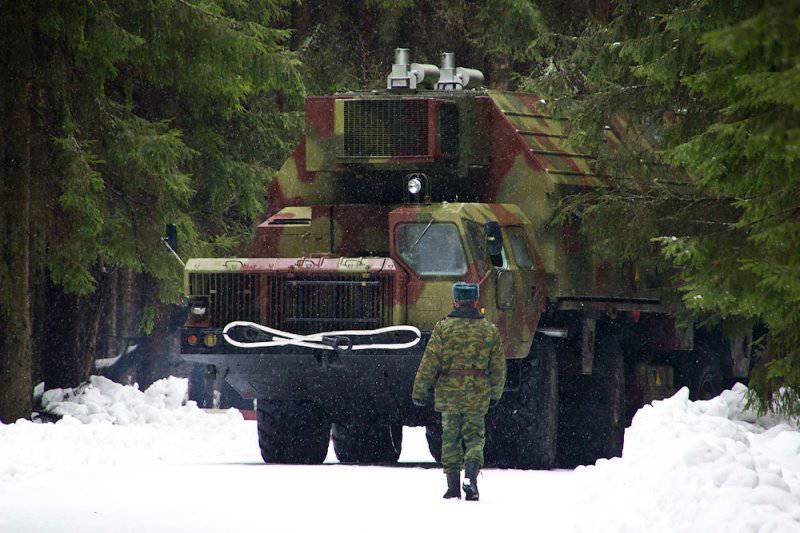
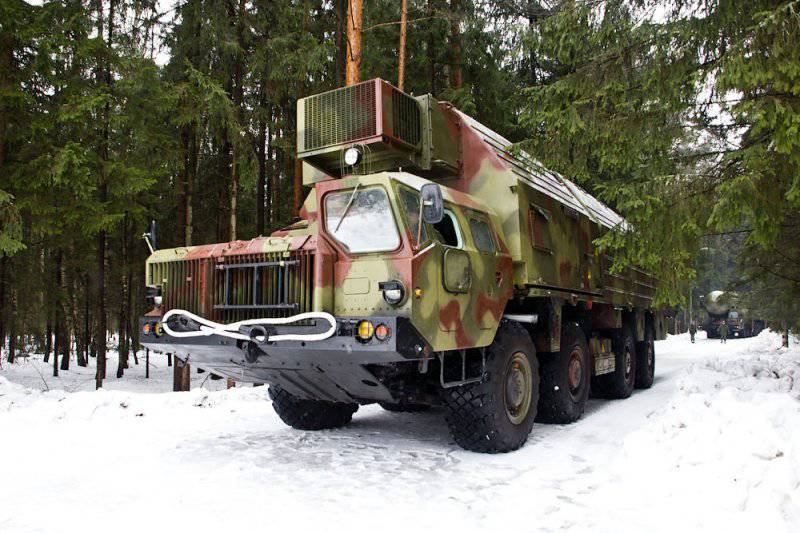
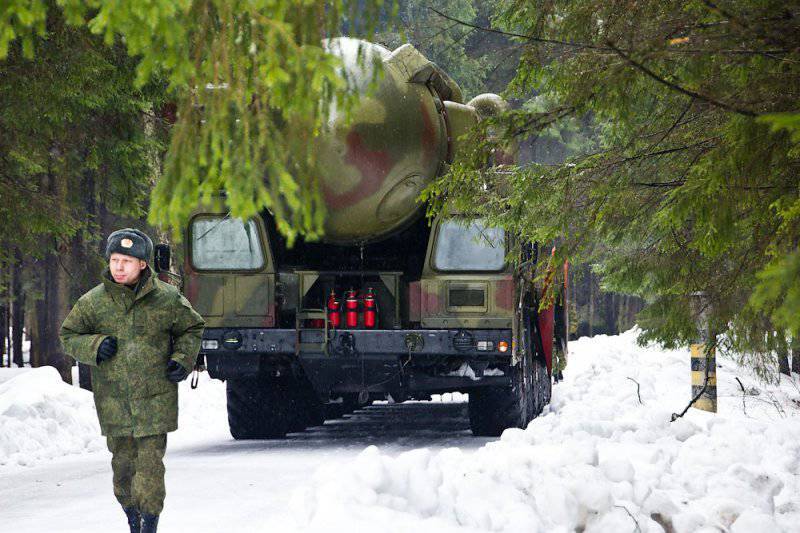
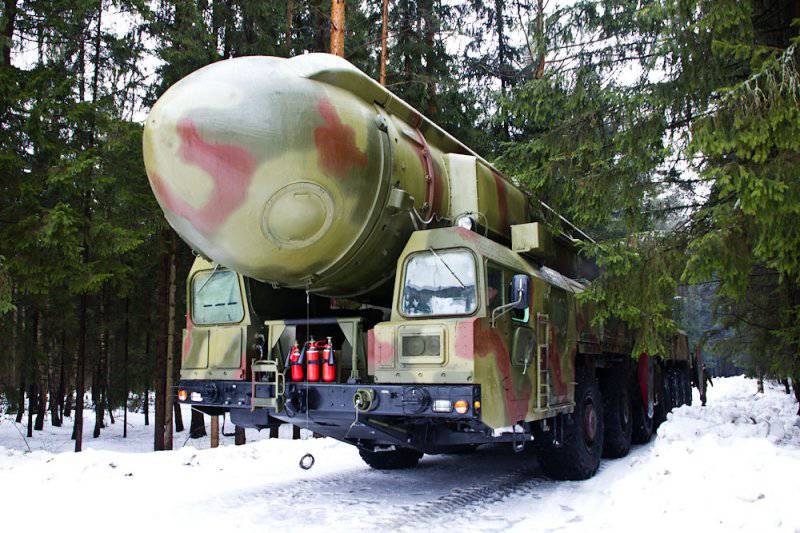
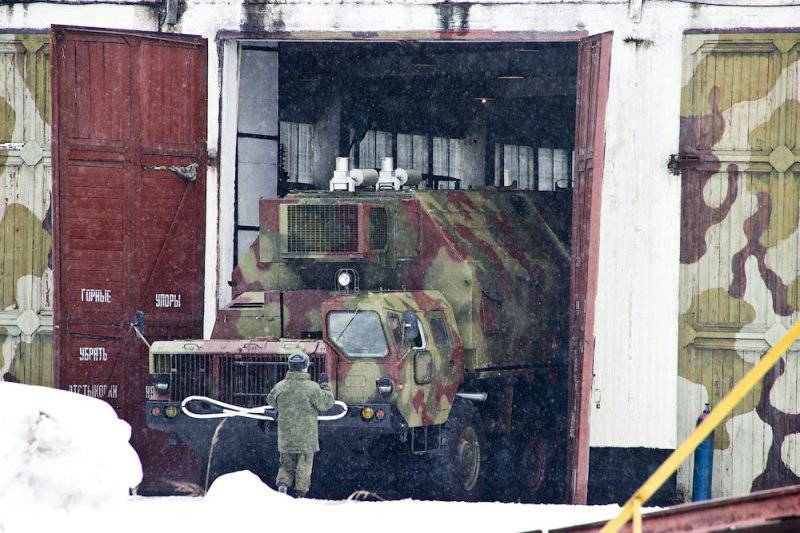
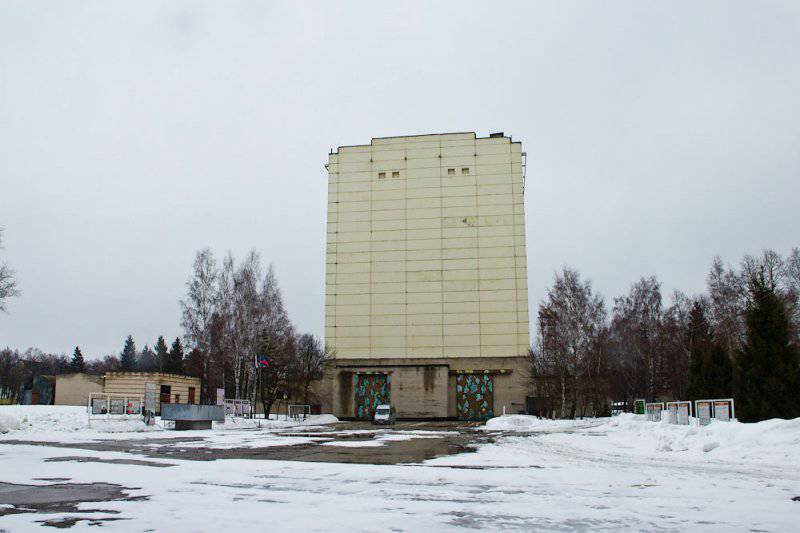
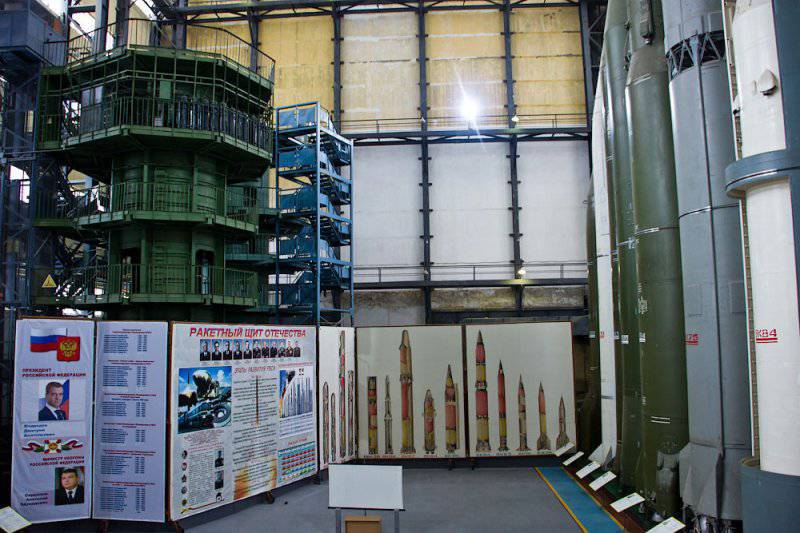
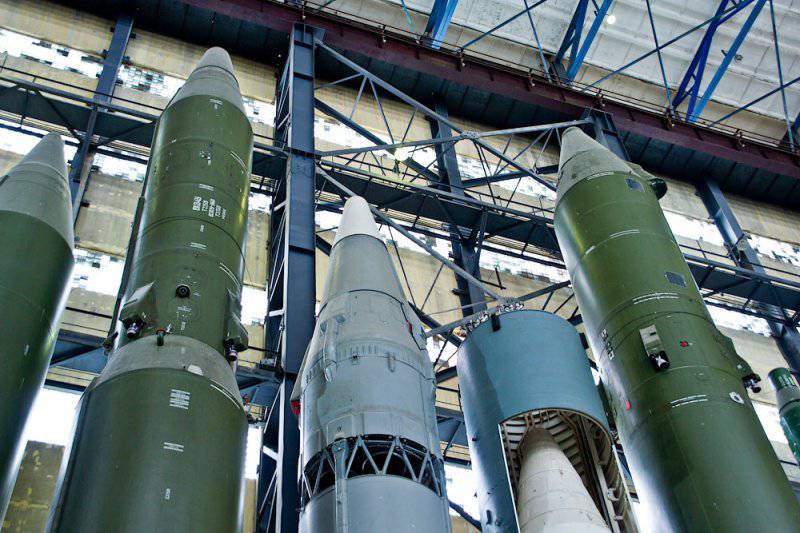
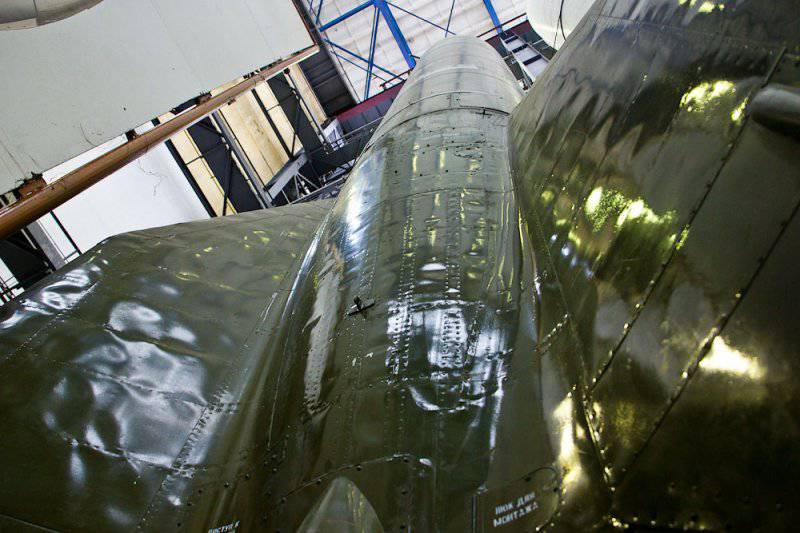
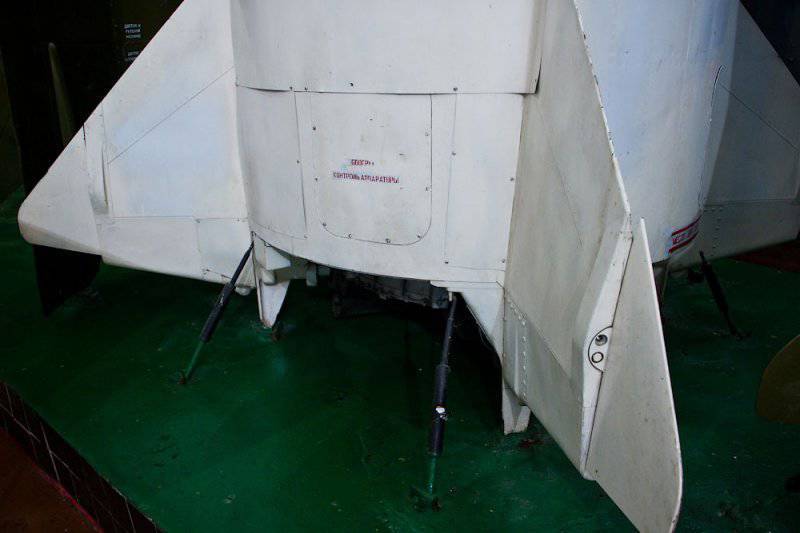
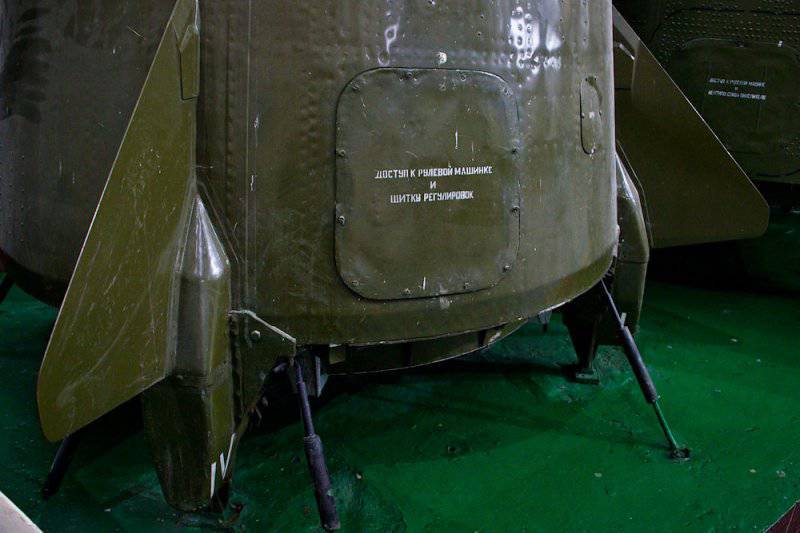
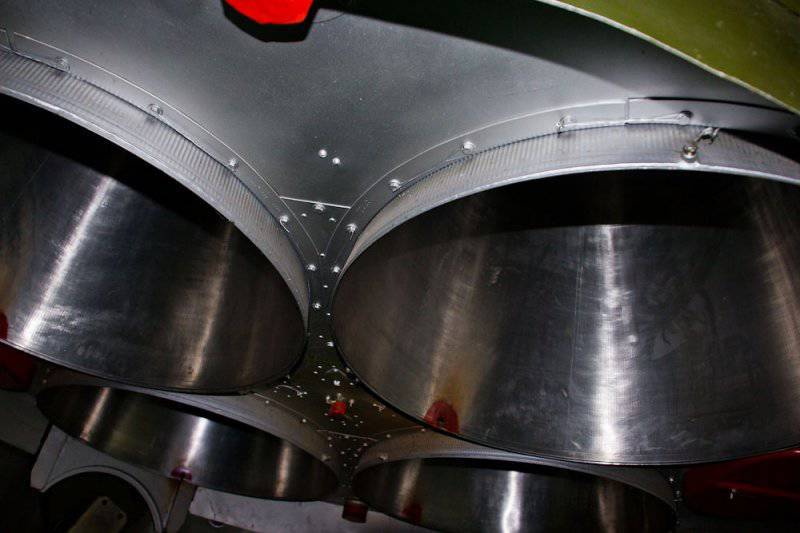
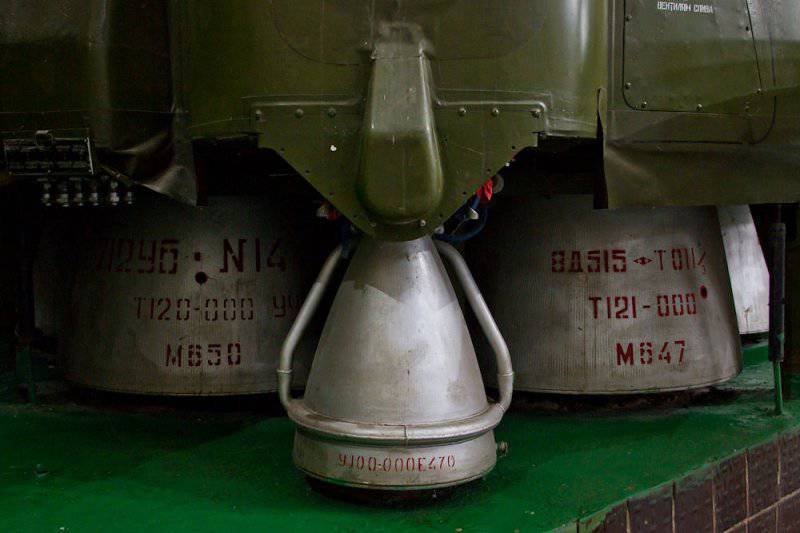
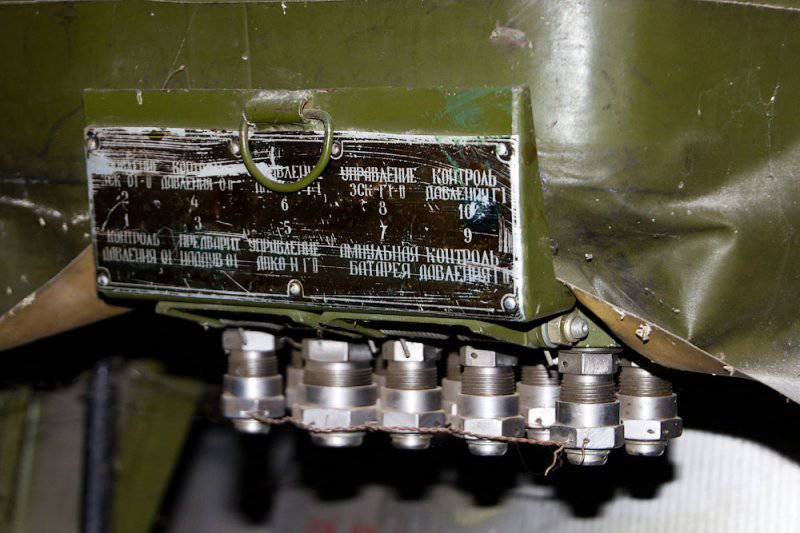
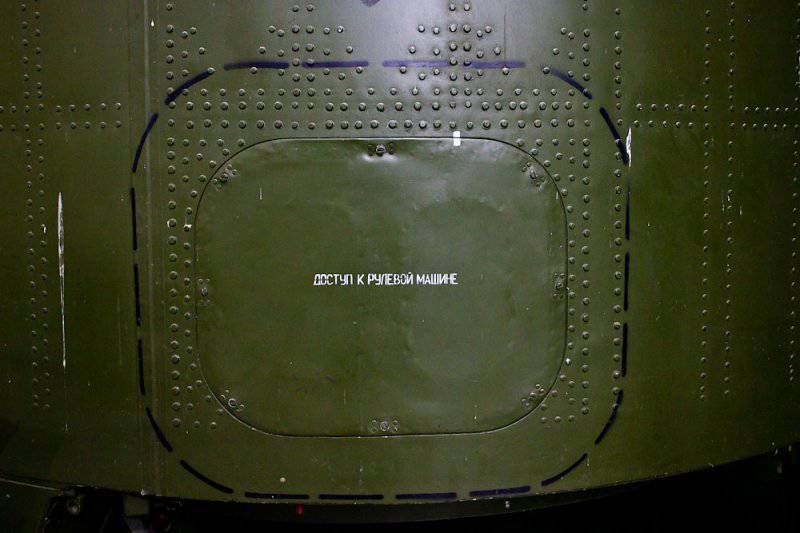
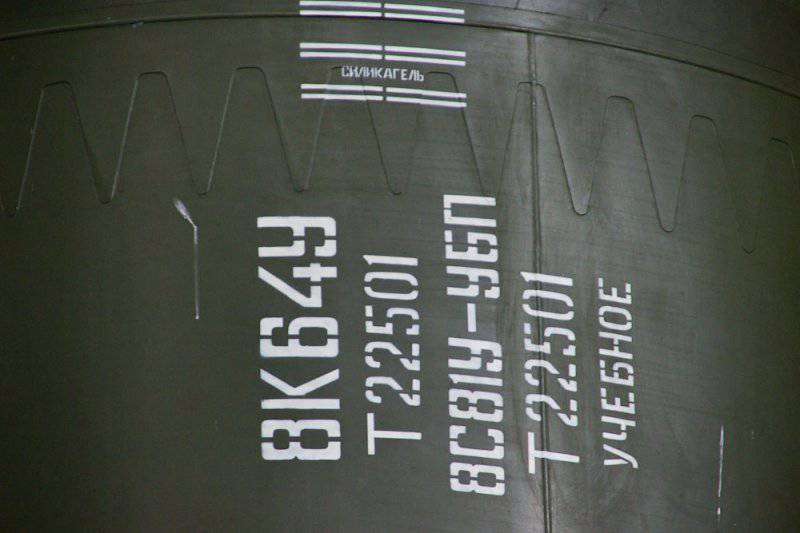
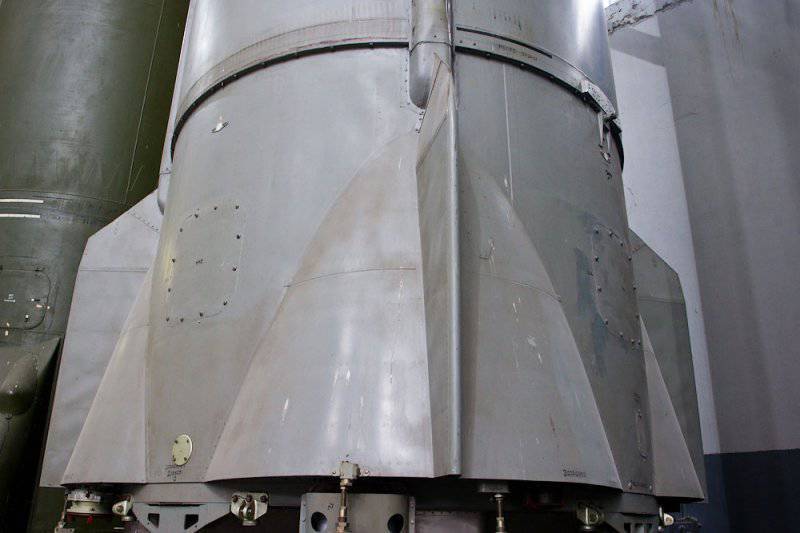
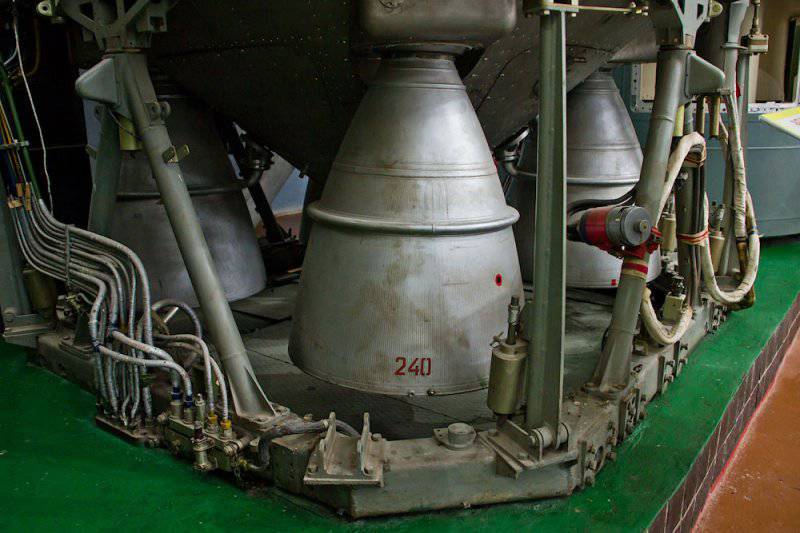
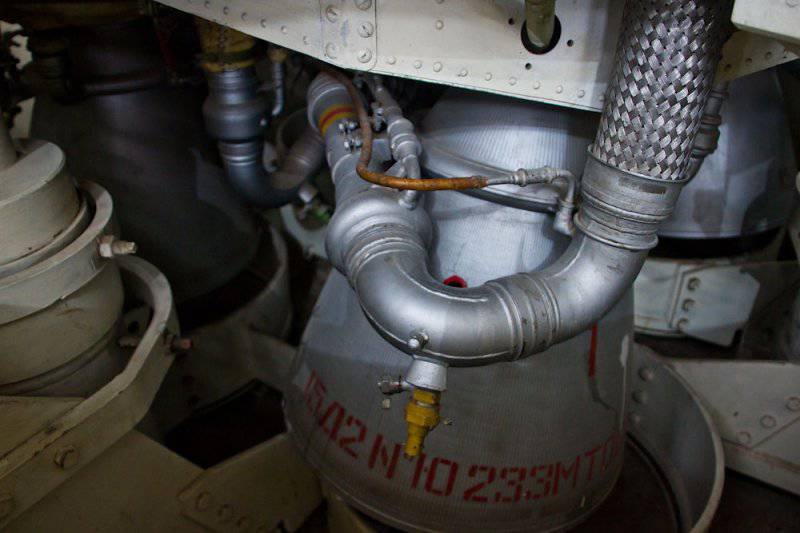
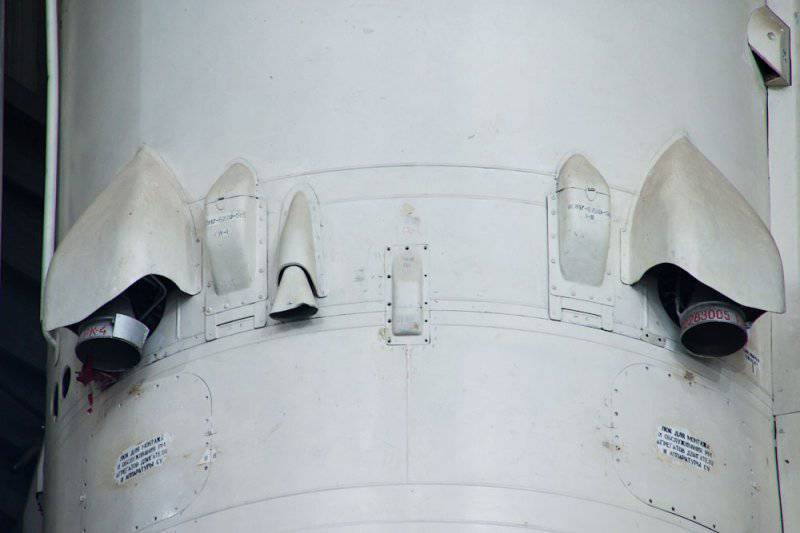
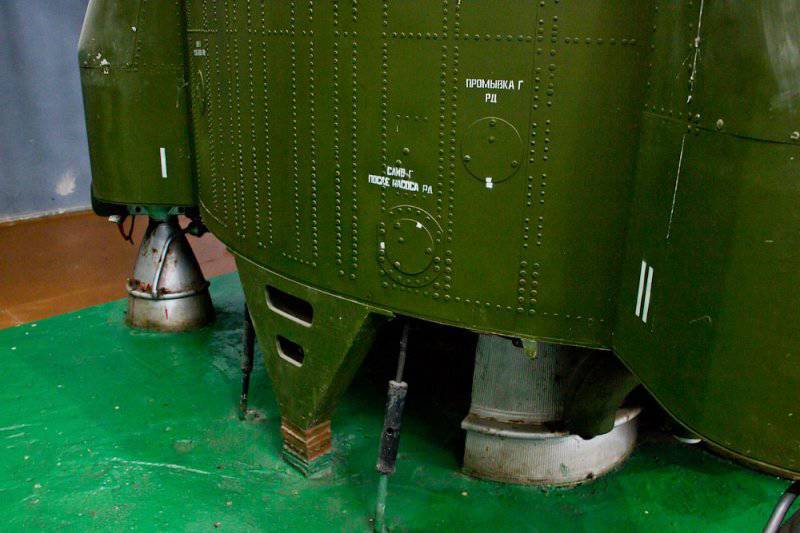
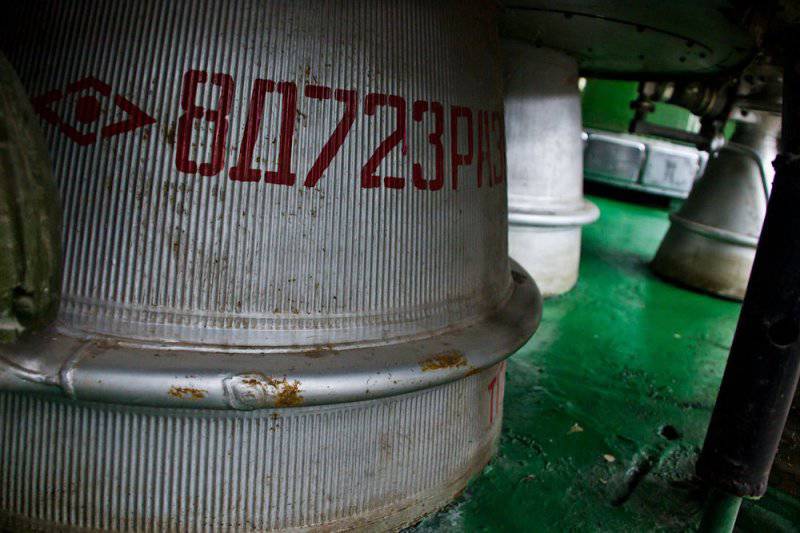
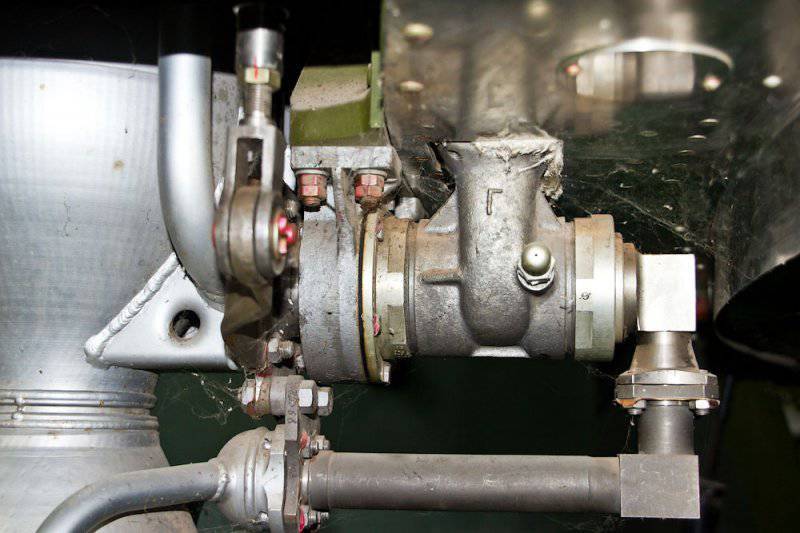
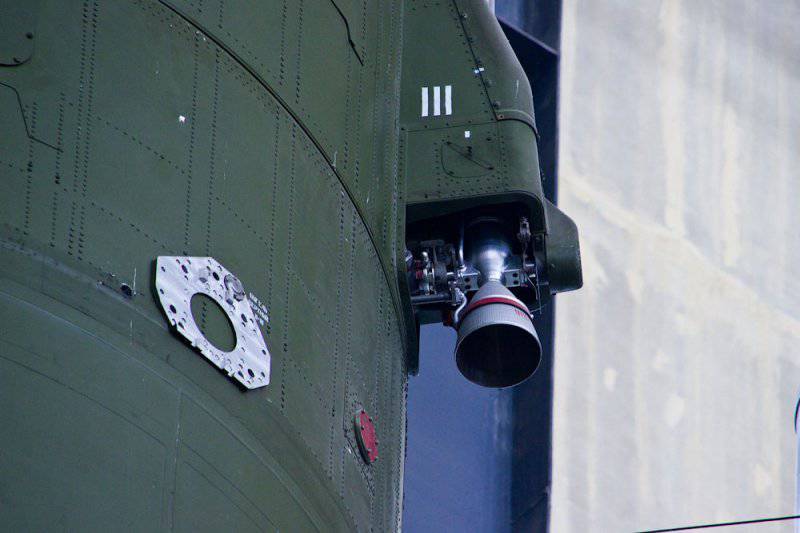
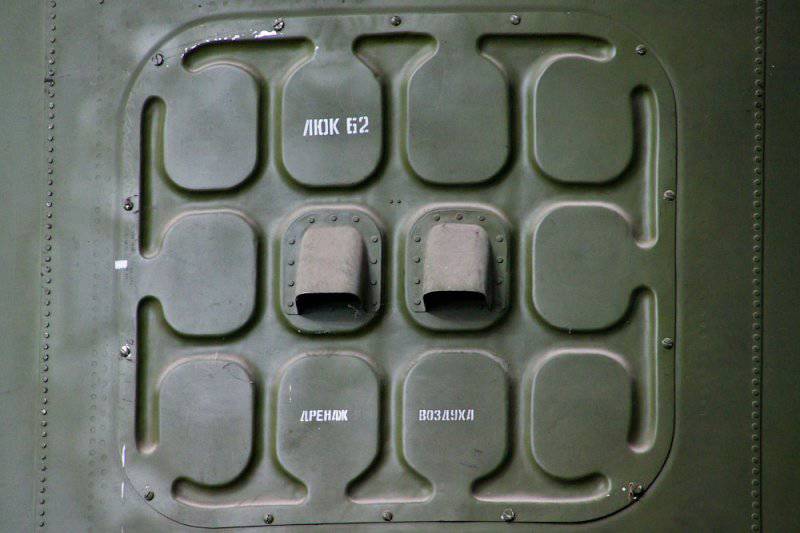
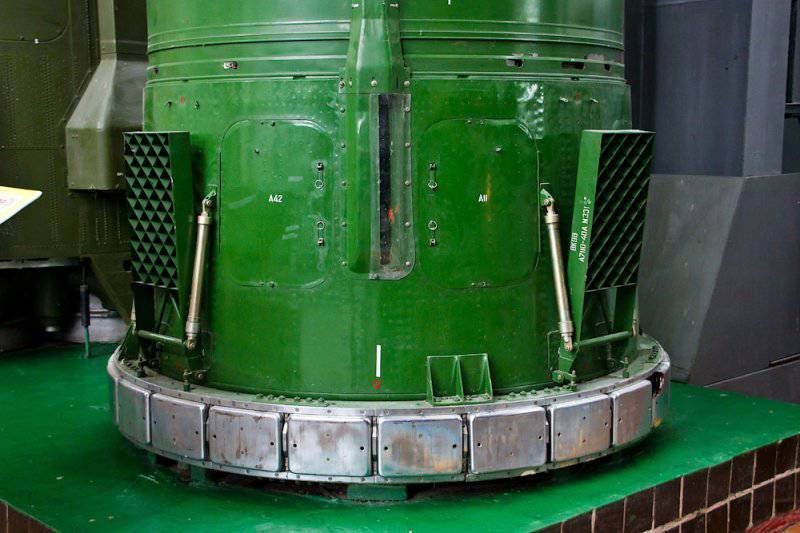
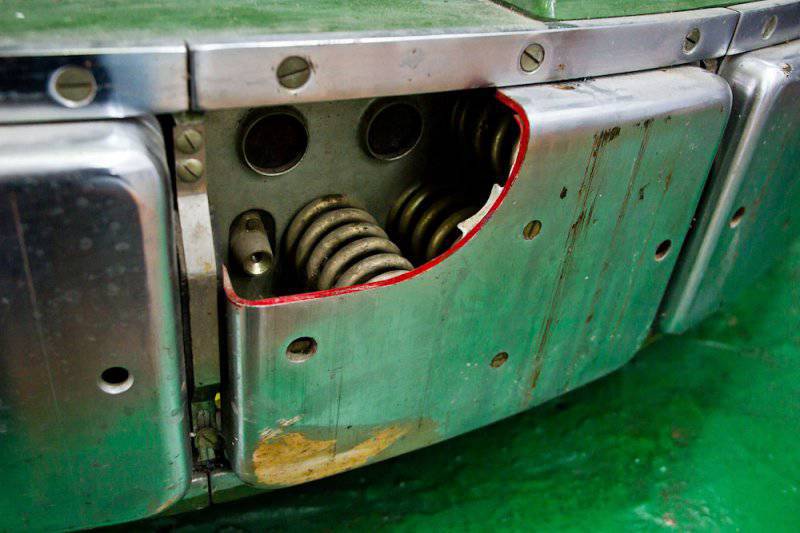
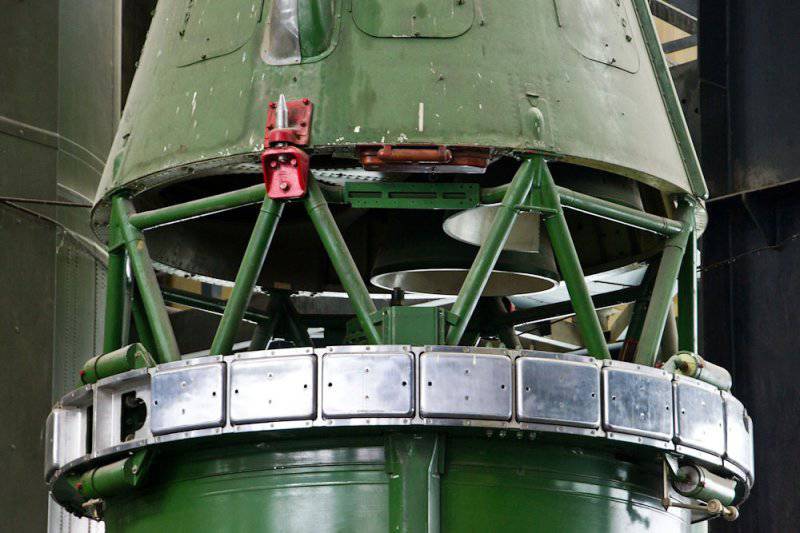
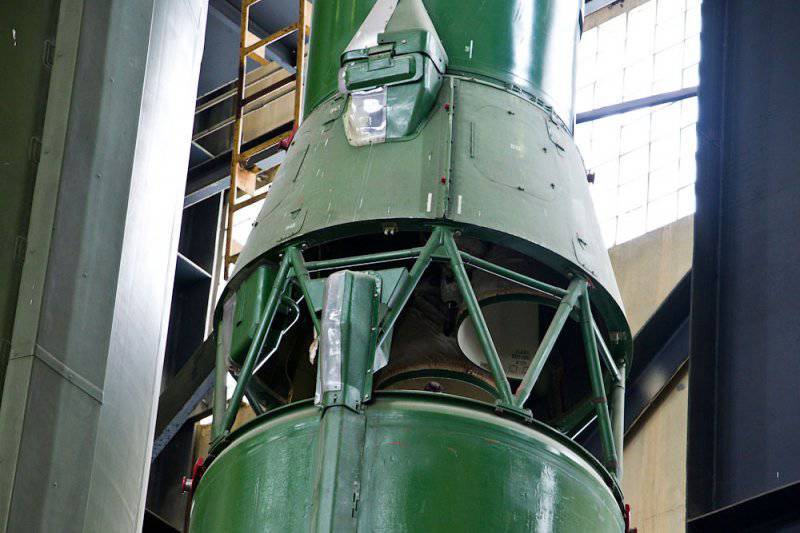
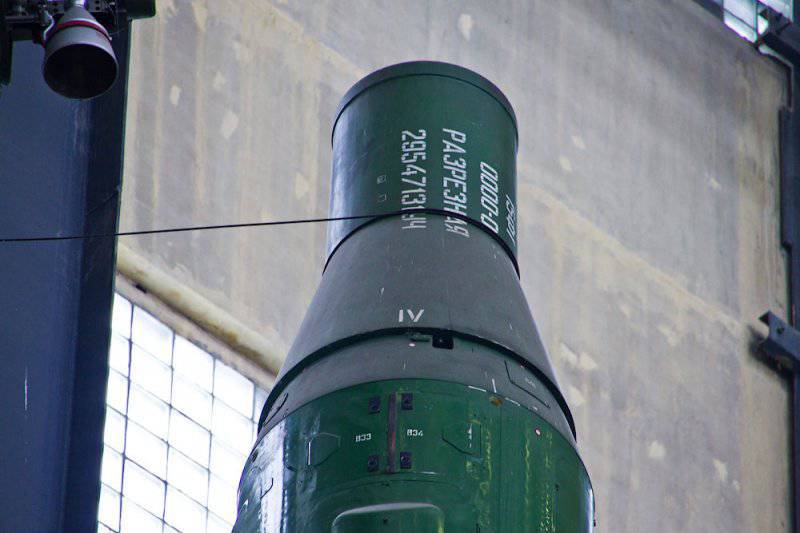
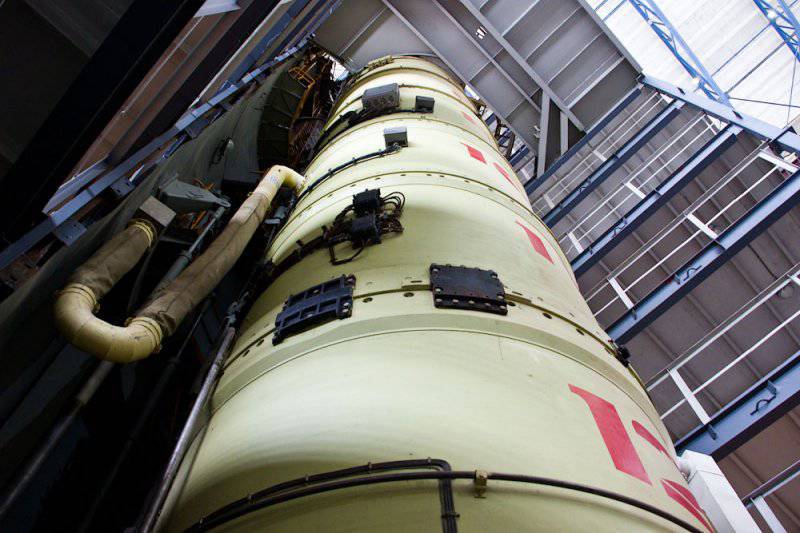
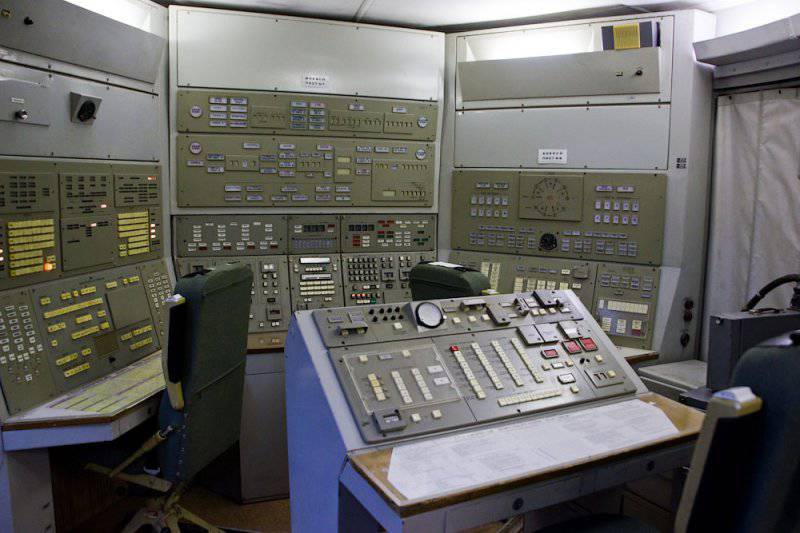
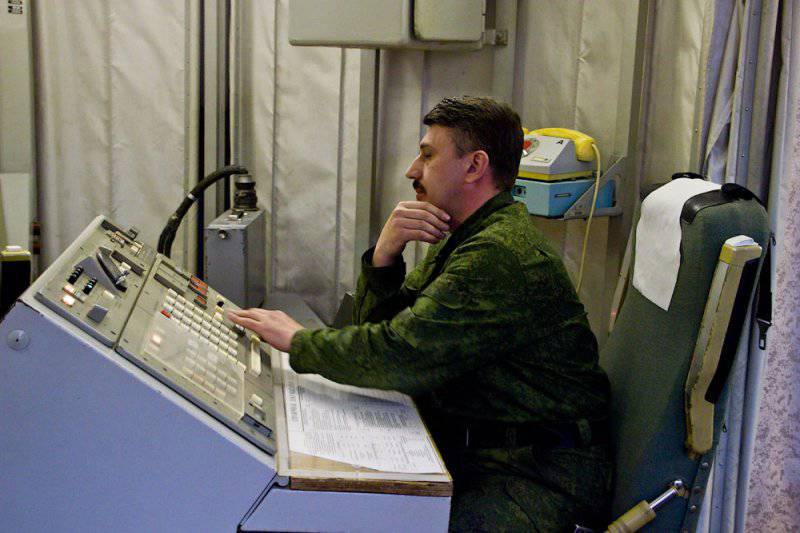
Information